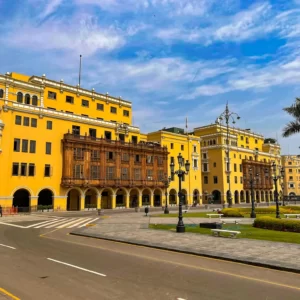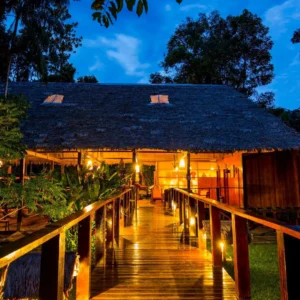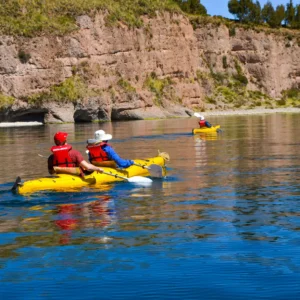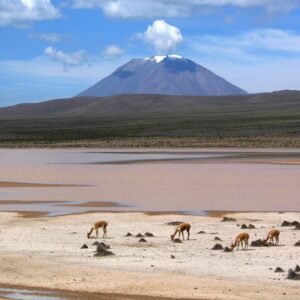Cusco The Incas empire
Cusco or Qosqo, once the Capital of the Inca Empire is one of the oldest cities that continues to be inhabited. This charming city flourished between c. 1400 to 1534 CE and was the religious and administrative city of the Incas. This region was inhabited by the Chanca civilization and were defeated by the Incas in 1438 CE., giving rise to the Inca Empire.
From here the Incas controlled the territories from Quito to Santiago making it the largest empire in the Americas and perhaps the largest during their reign. Cusco was arranged in the layout of a puma and adorned with stunning impressive architecture and palaces and the most Sacred Qoricancha Temple gold-covered and emerald-studded, which included the temple to the Inca Sun God Inti.
The Spaniards led by Francisco Pizzaro defeated the Incas in 1533 and captured the city of Cusco. This began the new era with the combination of Colonial and Incan architecture, Spanish language, religion and culture. Cusco was once known as the, Navel of the World, due to its 4 regions of the Inca Empire where the Incas authority extended. The Inca City of Cusco was declared a UNESCO World Heritage in 1983.
- 3350m/10,991ft.
- Maximum temperature is 19°C (67°F) / Minimum is 4.44°C (40°F) rarely drops so low in temperature.
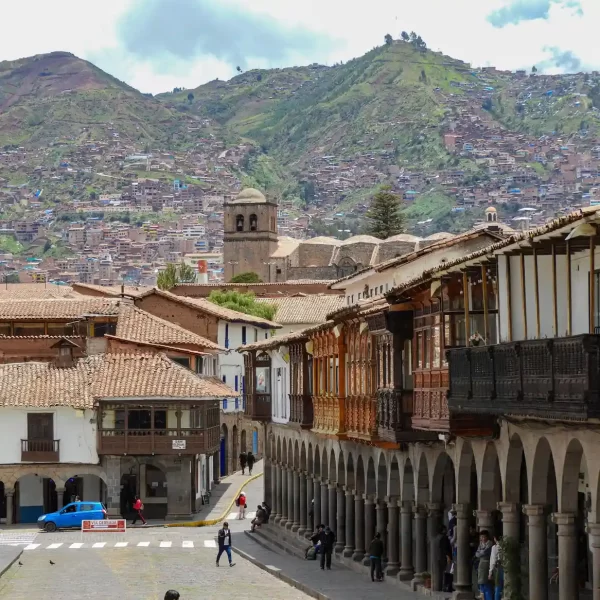
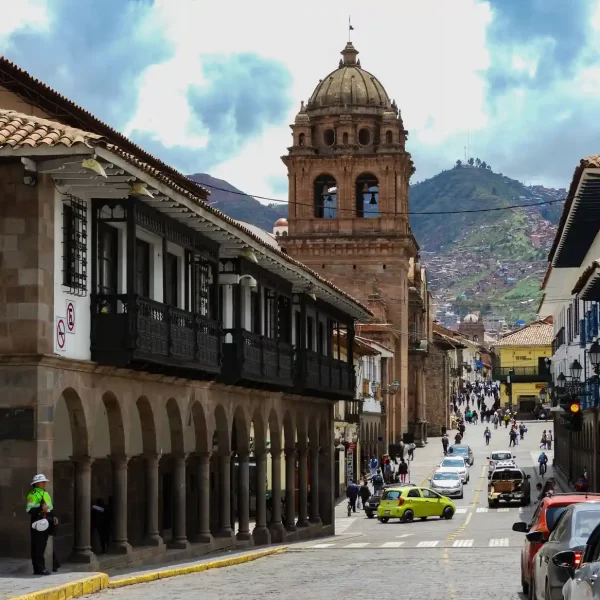
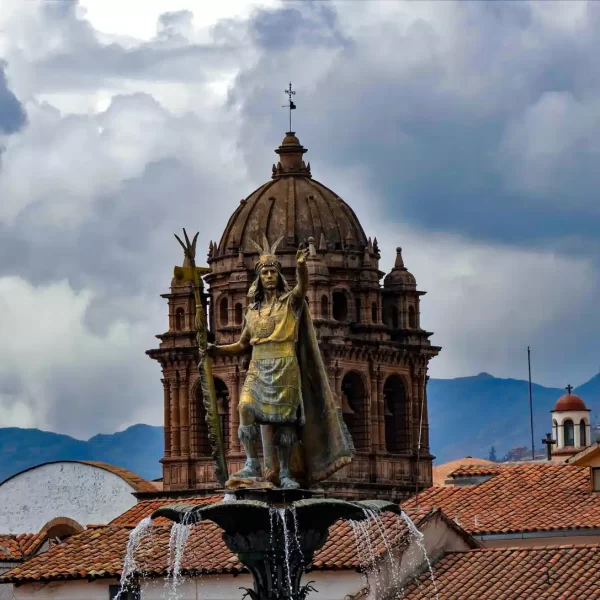
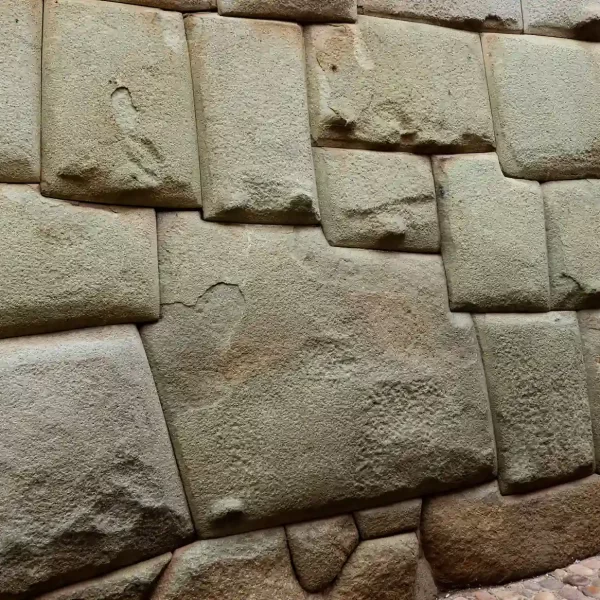
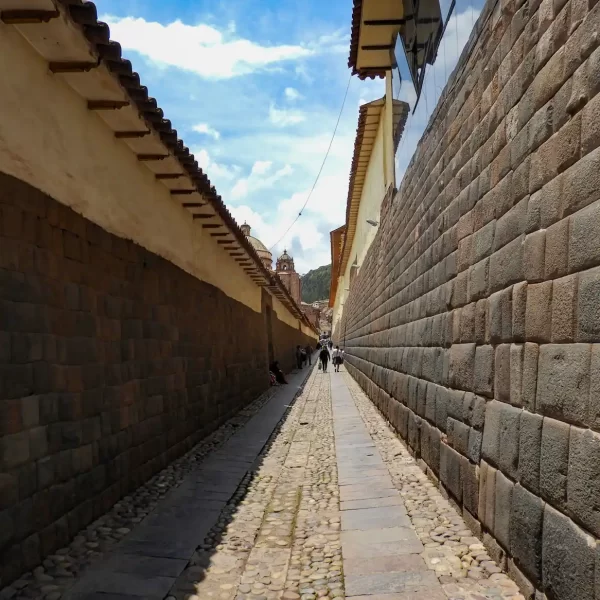
Plaza de Armas
The Plaza de Armas (Main Square) of Cusco dates to the Inca Empire and was once twice the size it is today.
Meditation ceremonies were performed in the Plaza by the Inca nobility and was named Huacapata, (a place of crying). The Spanish conquistadors destroyed the native temples and buildings, replacing them with mansions and churches. Jose Gabriel Tupac Amaru, the rebel leader who orchestrated and uprising against the Spaniards in the 18th century was executed in the Plaza as a public warning to discourage any followers.
Today, there is a statue in honor of Tupac Amaru, the freedom fighter. The Plaza de Armas is a place for gatherings, and to celebrate Inti Raymi and other important events. It is surrounded by the Cathedral Church, La Compañia de Jesus, the fountain with the Inca Pachacuti statue and many restaurants and stores. It remains a popular place for locals and tourists alike to share the incredible scenery and history and beautiful architecture.
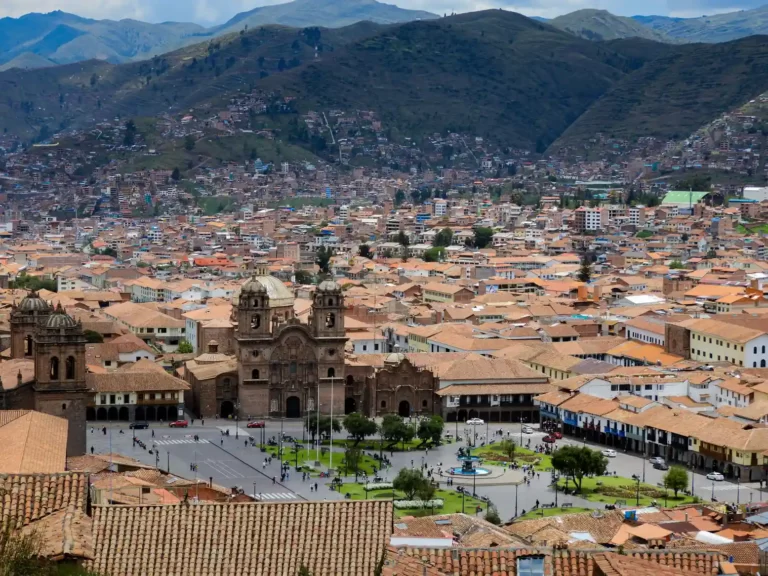

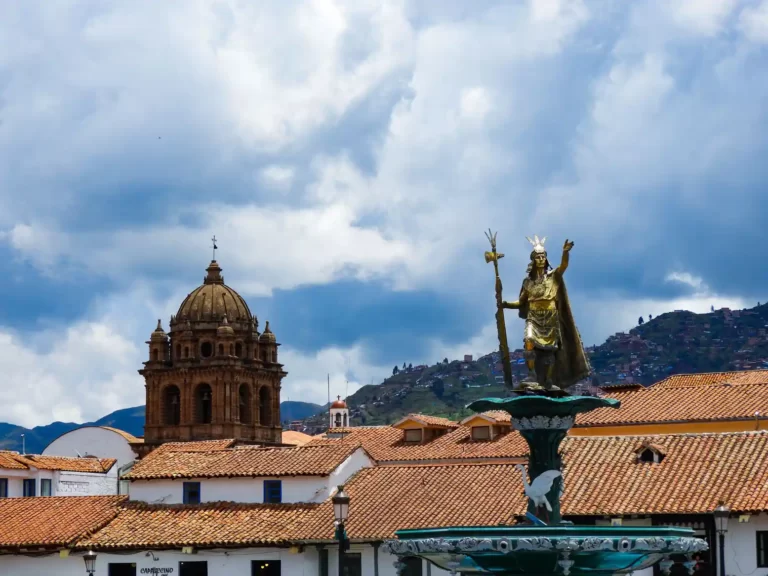
San Pedro Market
The San Pedro Market (Mercado de San Pedro) was built in 1925 and is located a few minutes from the city center. The first sector was designed by Gustave Eiffel, who built the Eiffel tower in France. The extension to the San Pedro Market was built in 1955 after the earthquake of 1950.
The bustling market is where all the locals purchase their products, ranging from fruits, vegetables, fruit juices, a food corridor to have breakfast, lunch and dinner, flowers, meats, cheese, bread, plants, medicinal plants and more. It is the largest commercial center which rolls out to the neighboring streets. You can visit the market from 6:30 am to 18:30 pm.
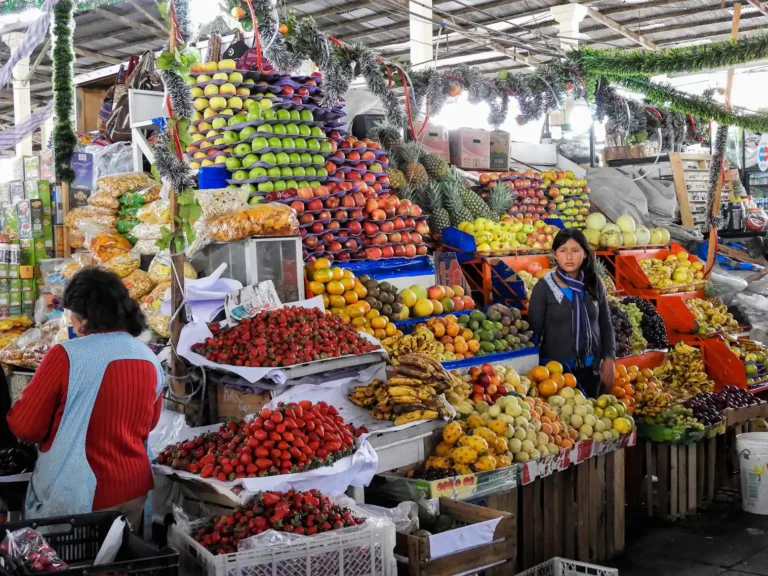
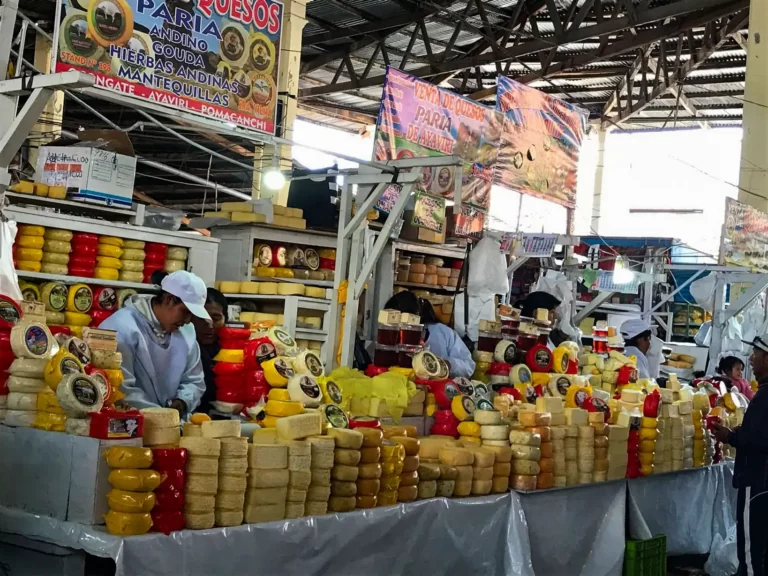
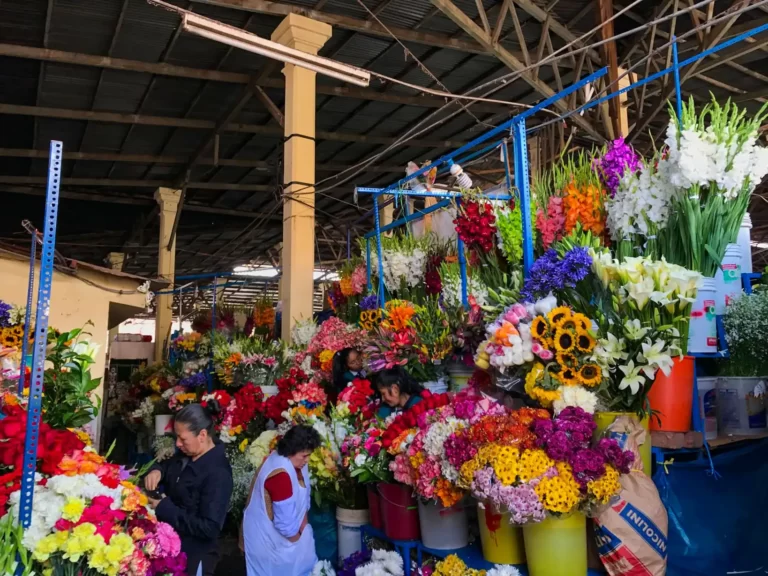

Cathedral
The Cathedral of Cusco or also known as Cathedral Basilica of the Virgin of the Assumption.
was built by the Spaniards around from 1560 to 1664 in the Plaza de Armas on top of the Inca Kiswarkancha temple with stones from the nearby Sacsayhuaman complex. The cathedral is an architectural beauty with a blend of gothic renaissance style and a baroque influence and a neoclassical style. The Cathedral has the largest collection of colonial art representative of the Cusquenian school style. Visit the church from 10:00 am to 5:00 pm daily.
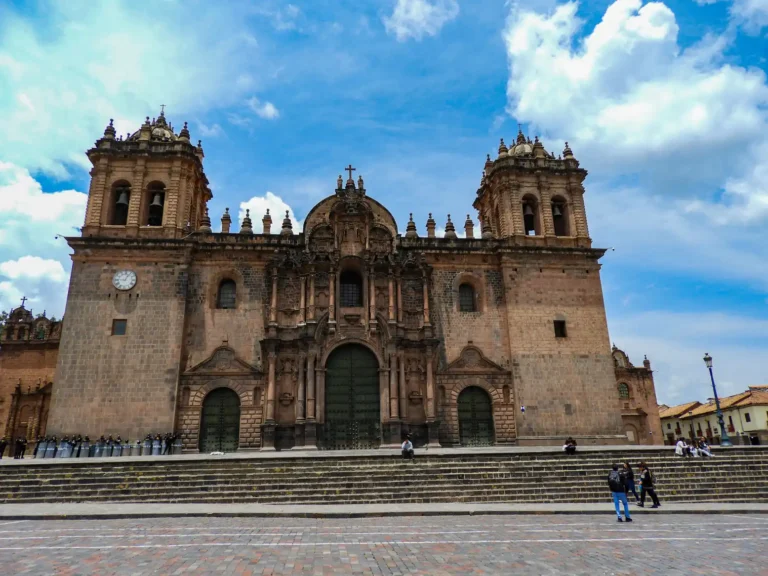
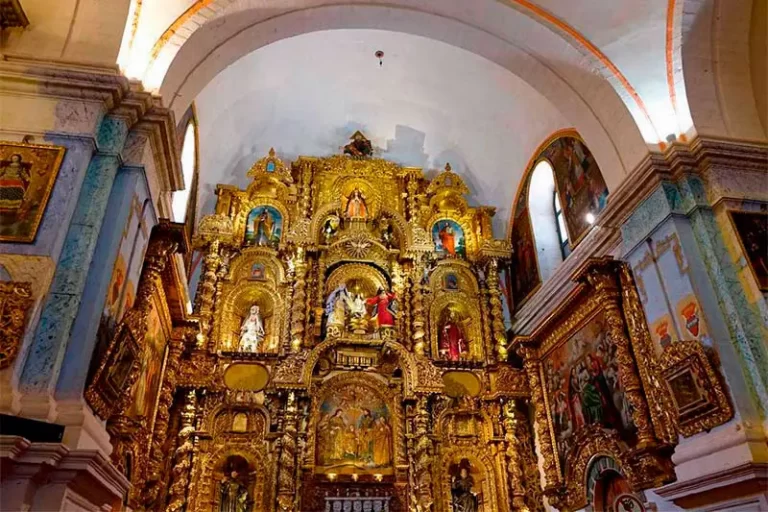

Koricancha
Koricancha, Qoricancha, Coricancha, or Qorikancha the several ways of spelling the famous Inca Sun Temple located in the city of Cusco.
Koricancha was the most sacred temples in the Inca religion. The Golden Enclosure was devoted to ultimate gods in the Inca pantheon such as the god Viracocha, the moon goddess Quilla and especially to Inti, the god of the sun. Qoricancha is believed to have been built by the Incas in the middle of the 15th century. The beautifully carved granite walls of the temple were covered with more than 700 sheets of pure gold, the large courtyard was filled with life-size sculptures of animals and a field of corn, all created from pure gold, and the floors of the temple were covered in solid gold.
The temple was the most precious and important in the Inca realm. The Spaniards, destroyed and looted the gold and built the church and convent Santo Domingo on the foundations of the temple. Today you will see the perfect blend of Baroque Spanish and Inca architecture which is present throughout the center of Cusco. Visiting hours from 8:30 am to 5:30 am from Mondays to Saturdays and Sundays from 2:30 pm to 5:00 pm.
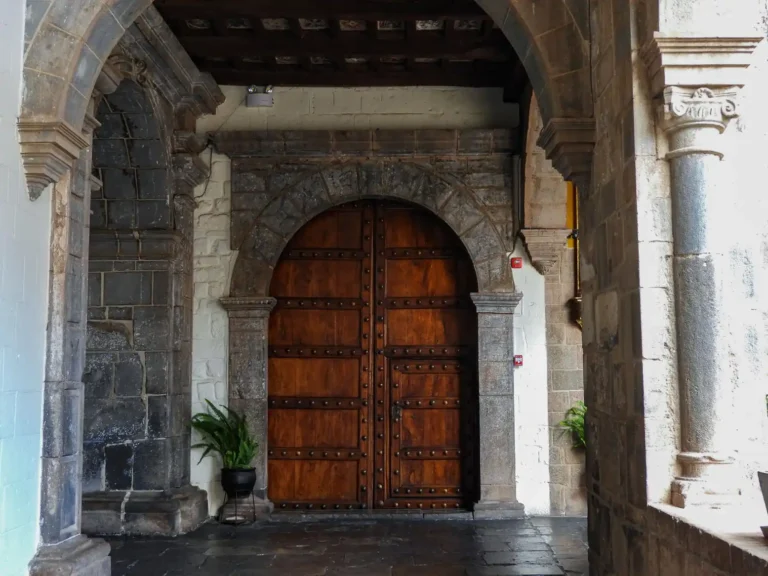
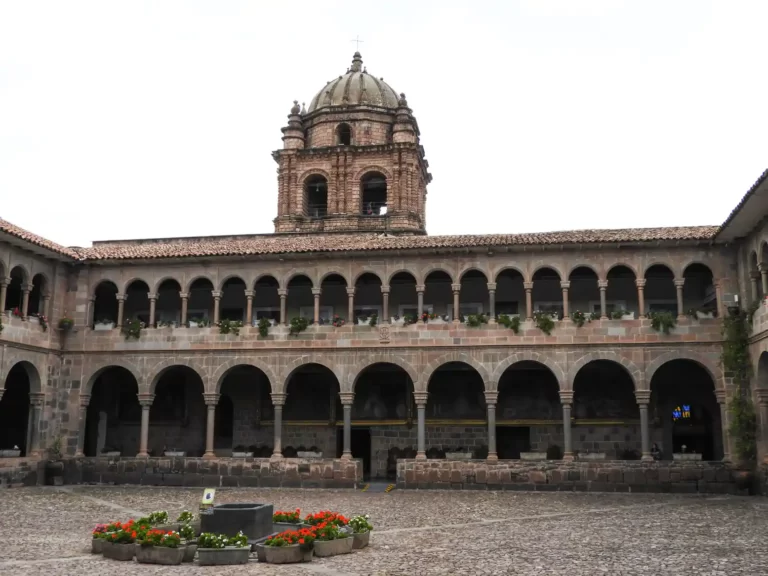
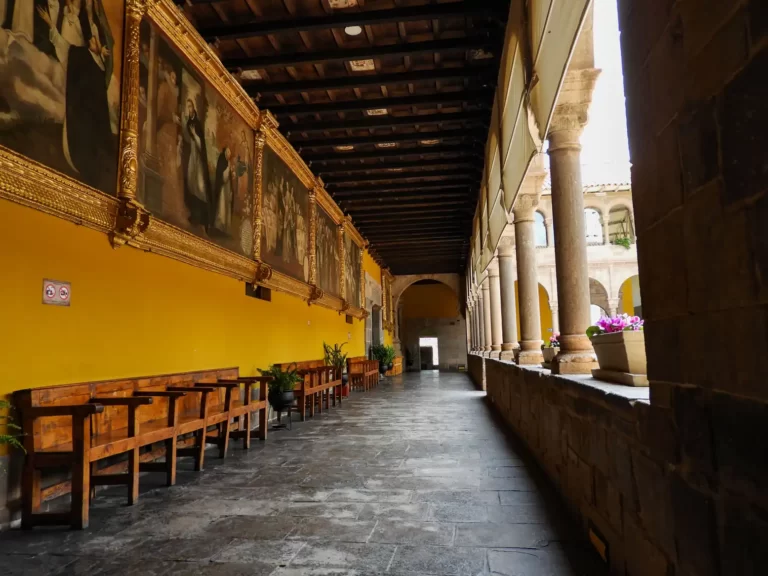
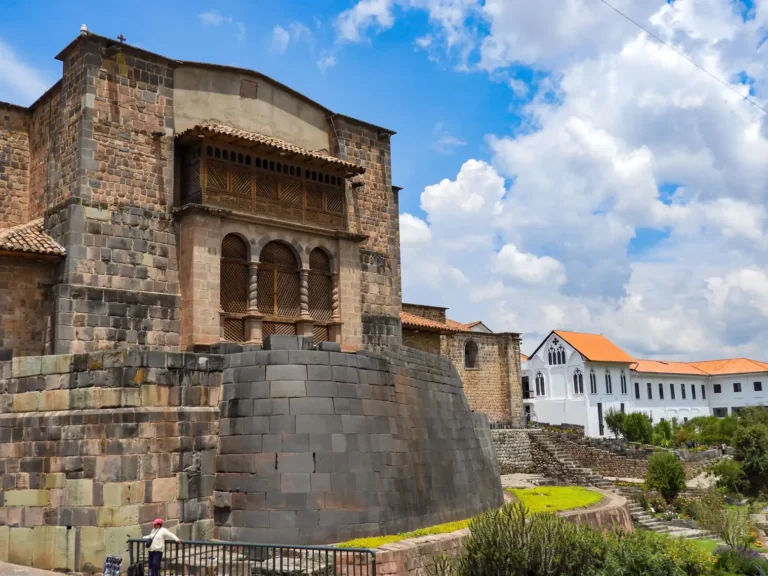
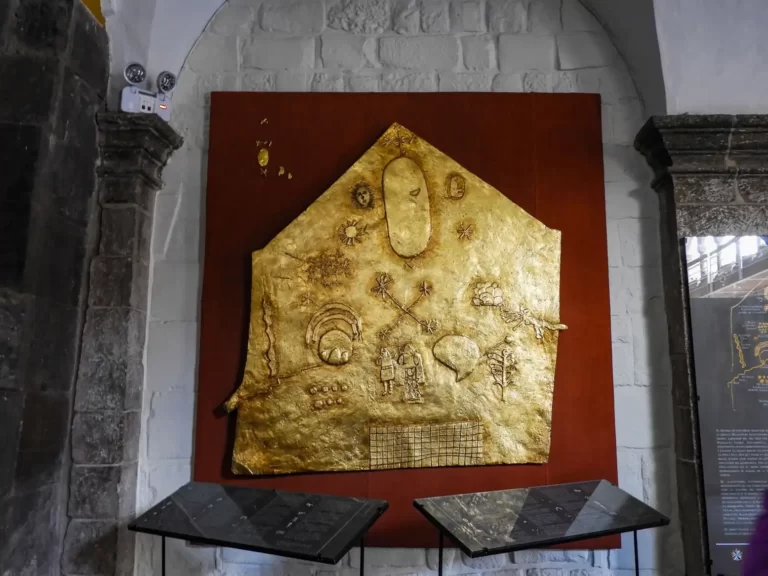
Sacsayhuaman
Sacsayhuaman is located above Cusco and beholds many mysterious. This massive impressive archeological site is believed to have been built in 1100 AD by the Killke culture which occupied Cusco from 900 to 1200, prior to the arrival of the Incas. Then it is believed that the Incas expanded Sacsayhuaman and occupied the complex in the 13th century. However, Sacsayhuaman is thought to may still be hundreds or even thousands of years older than the Killke culture. The megalithic walls were constructed with stones weighing 20 to 200 tons and is impossible to believe that humans built this site considering today only 2 land-based cranes in the United States are presently capable of this feat.
The complex seems as it was built for giants. The Incas used Sacsayhuaman for ceremonies at the temples at the complex. The Incas originally celebrated Inti Raymi in the center of Cusco and since 1944 the annual theatrical representation has been taking place in Sacsayhuaman. Some theories suggest Sacsayhuaman is attributed to a non-human origin due to the gigantic stones and its precision. Visiting hours are from 8:30 am to 5:30 pm daily.
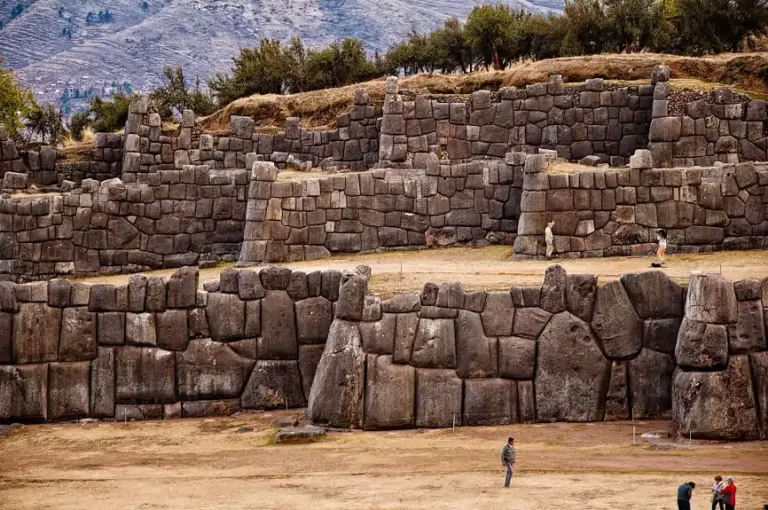

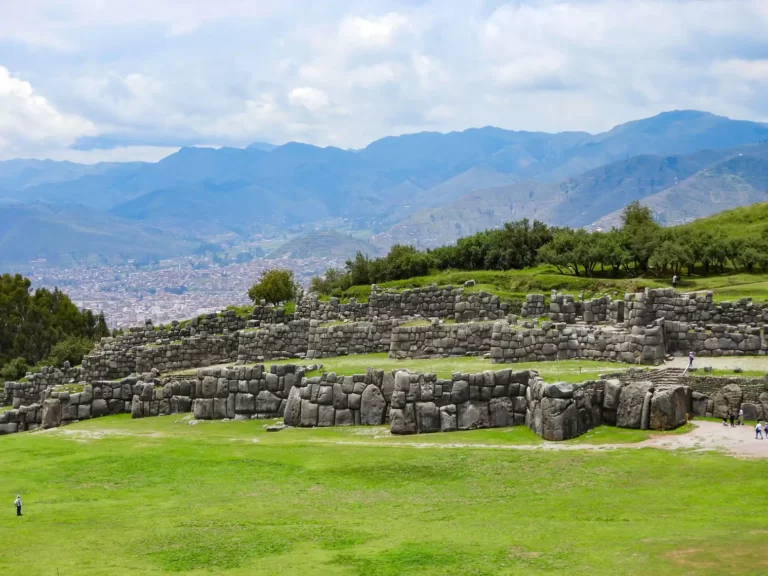
Pisac Ruins & Market
The Pisac ruins, located in the Sacred Valley of Peru, above the town with the same name near the Vilcanota River, is the most intact of any of the ancient sites in Peru and a perfect example of the ingenious Inca architecture. There is no evidence on the date the Pisac ruins were built but is believed to have been built by the Inca Pachacutec as a resort for the royal Incas. There is not much history known regarding the Inca site before the Spanish conquest. This site had multi functions such as military, religious, and agricultural. Today, the Pisac ruins are visited by many tourists to appreciate the incredible vision of the Inca tombs that were built into the mountains, and walk down to the Temple of the Sun, ceremonial baths, alters fortified walls and the terraces that surround this site and the stunning views of the countryside.
After the Spaniards conquered, Viceroy Francisco Alvarez de Toledo built the modern town of Pisac in 1570 in the Sacred Valley below the archaeological site near the Vilcanota River. Nowadays, the tourists visit the handicraft market and many stores in the town of Pisac to pick up a few souvenirs. You could also try some hot delicious empanadas right out of the oven.
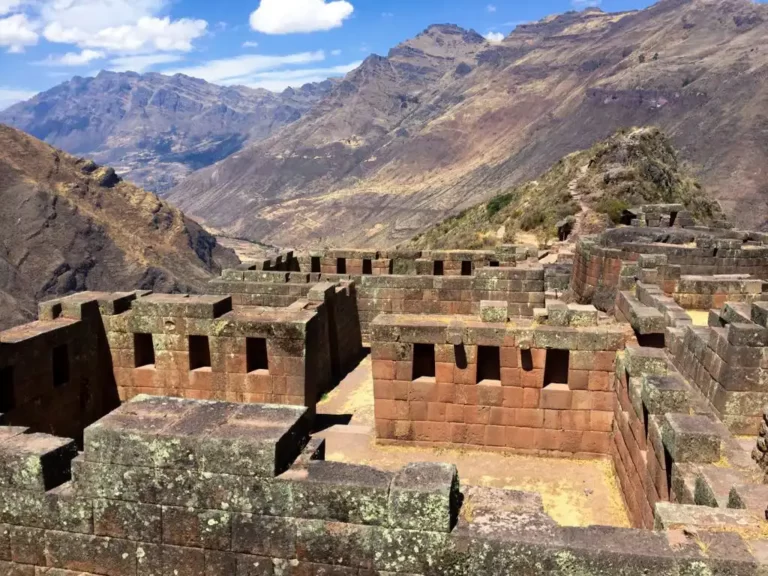
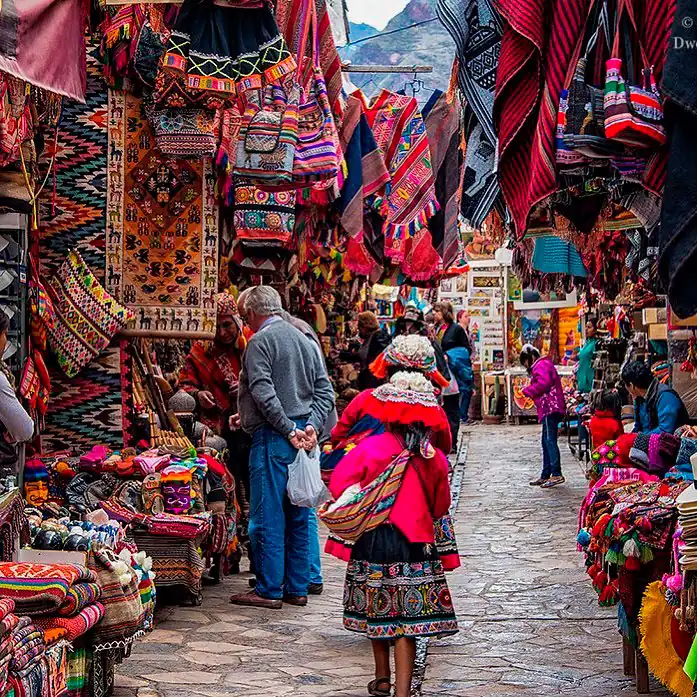
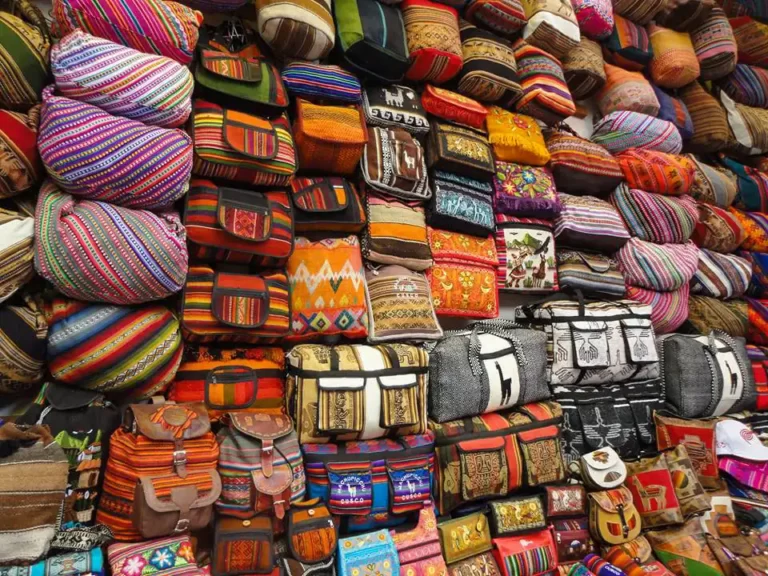
Ollantaytambo
Ollantaytambo is located in the Sacred Valley of Peru, about 2 hours from Cusco.
In the 15th century Inca Pachacutec, invaded, conquered, and destroyed the town of Ollantaytambo. Afterwards, Pachacutec started building a beautiful royal estate with many extravagant buildings which became the military, religious and agricultural center of the Inca Empire. When the Spanish arrived in Cusco in the 16th century, the Incas fled to Ollantaytambo to rebel against the Spaniards. Manco Capac was the leader of the resistance against the Spaniards and established a stronghold in Ollantaytambo to ward off the conquistadors. Manco Capac held off the Spaniards but finally fled to Villacabamba and Ollantaytambo was given to Hernando Pizzaro.
Today, Ollantaytambo is the only living Inca City that still bears the perfect ingenuity of the Inca design that is present around the city. Visit the incredible stone constructions such as: the Temple of the Sun, the Royal House of the Sun, the Monumental Portal, the Enclosure of the 10 niches, the Ñusta baths and much more. Nowadays, you can take a train ride from Ollantaytambo to Aguas Calientes (Machu Picchu Town).
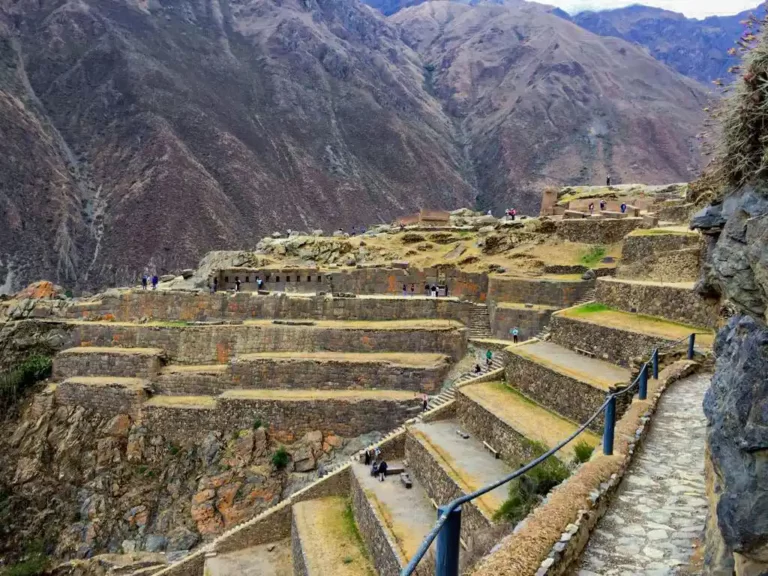

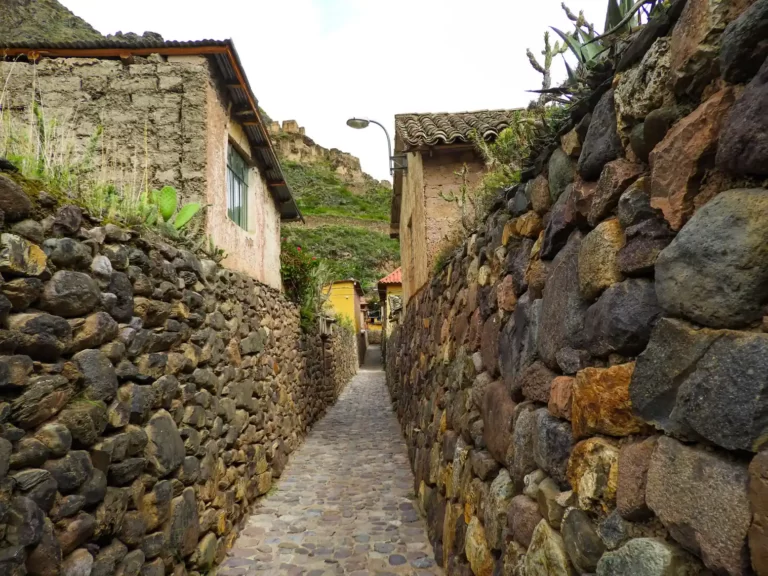
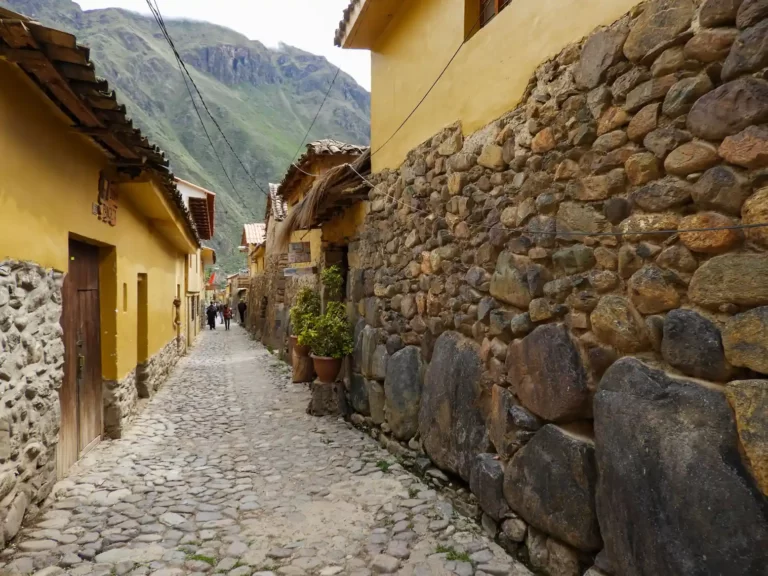


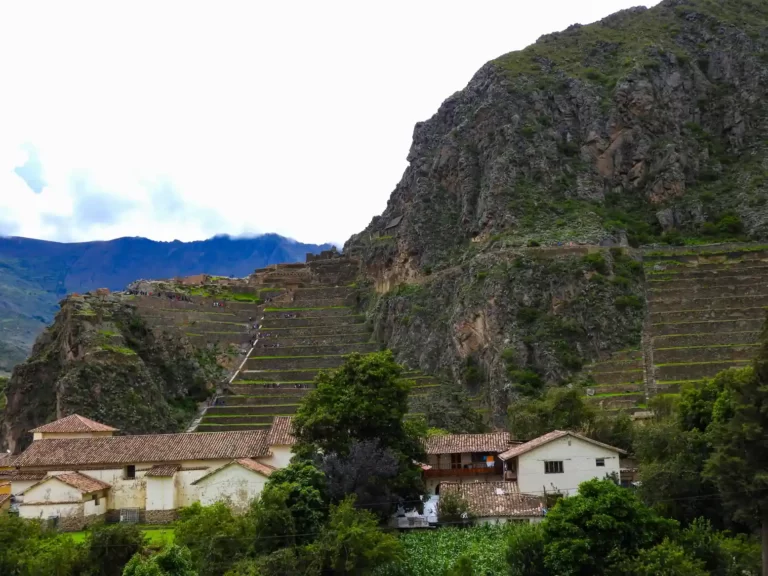
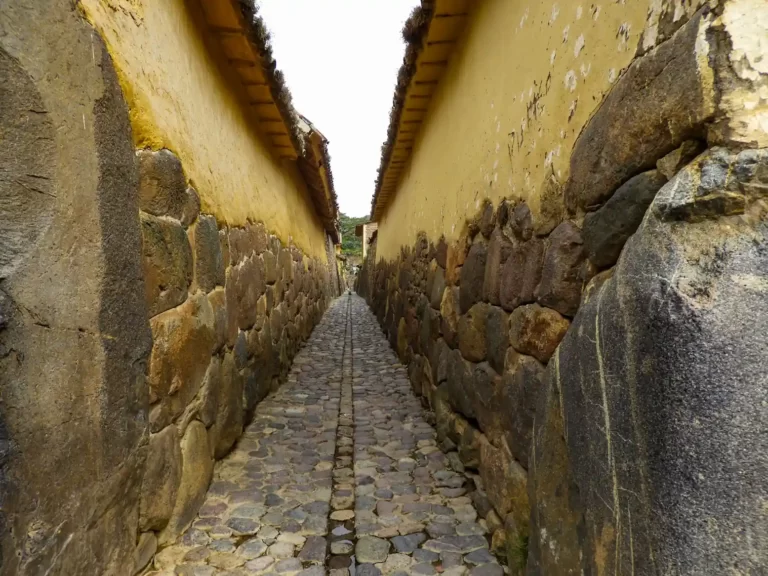

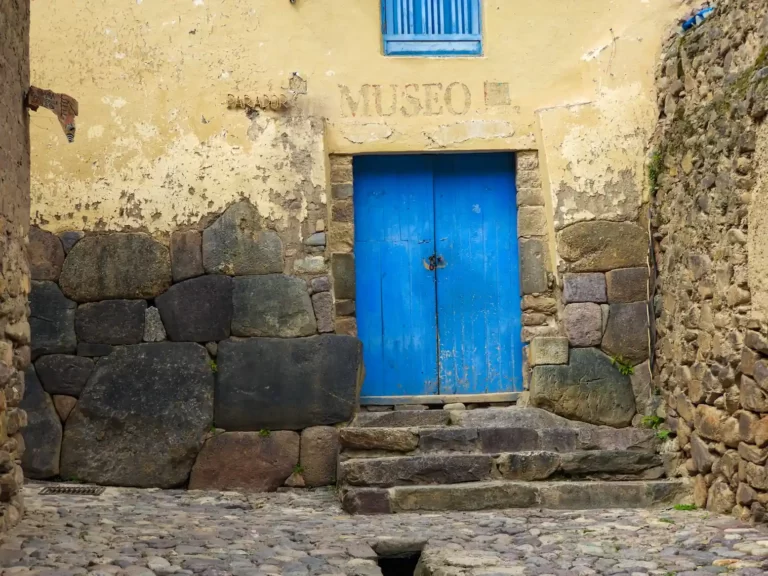
Chinchero & Weaving
Chinchero (3754 m.) is a lovely Andean Village situated in the Sacred Valley with beautiful red hues and surrounded by snowcapped mountains, located 1 hour from Cusco. It was once the residence of the Inca Tupac Yupanqui who had a royal palace here, with shrines, and baths.
Chinchero is said to be the birthplace of the rainbow. Explore the Inca archeological site and the charming colonial church. Chinchero is well known for its women weavers and the Sunday market. The women of Chinchero wear their typical colorful dress and give traditional weaving demonstrations, making natural dyes from plants, flowers, salt, crystal, insects and from other products. The best textiles can be purchased here from these weavers made of alpaca and llama wool. You support these skilled women by buying their textiles and crafts, making them self-sufficient.
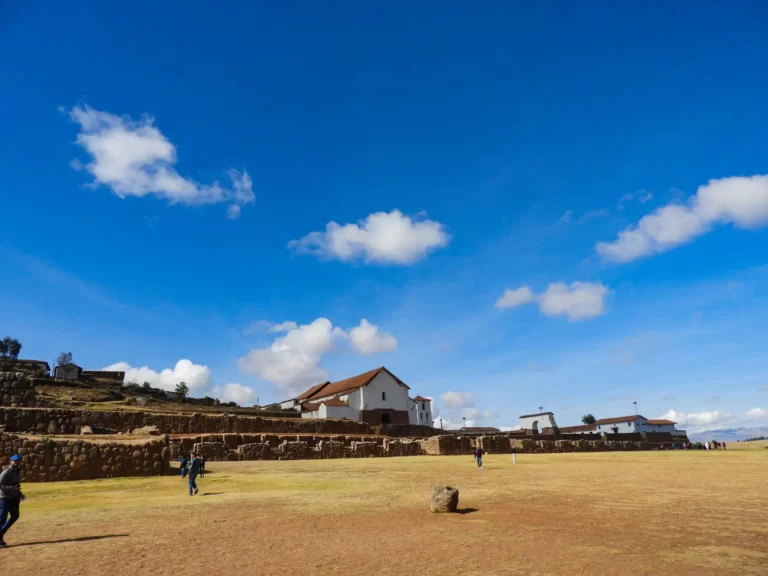

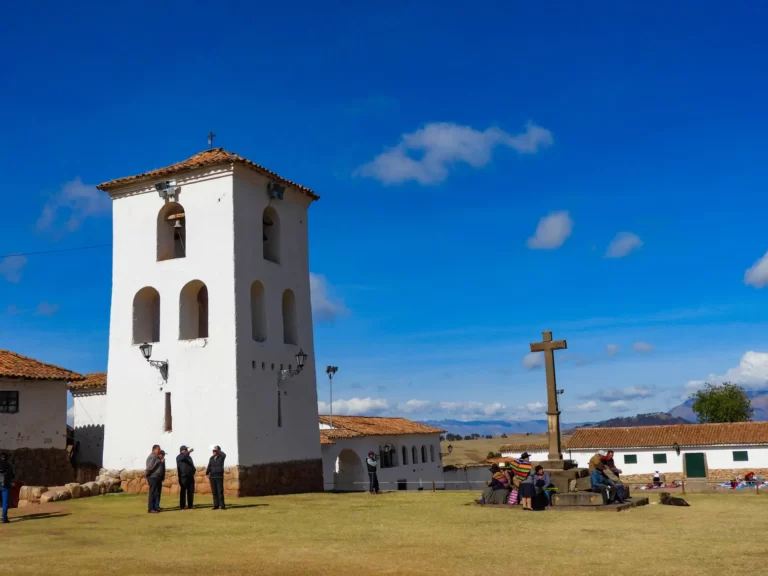
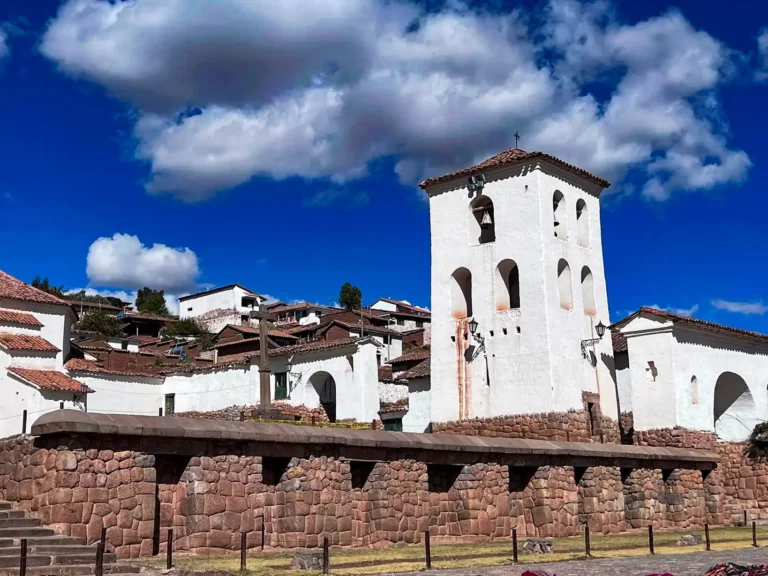

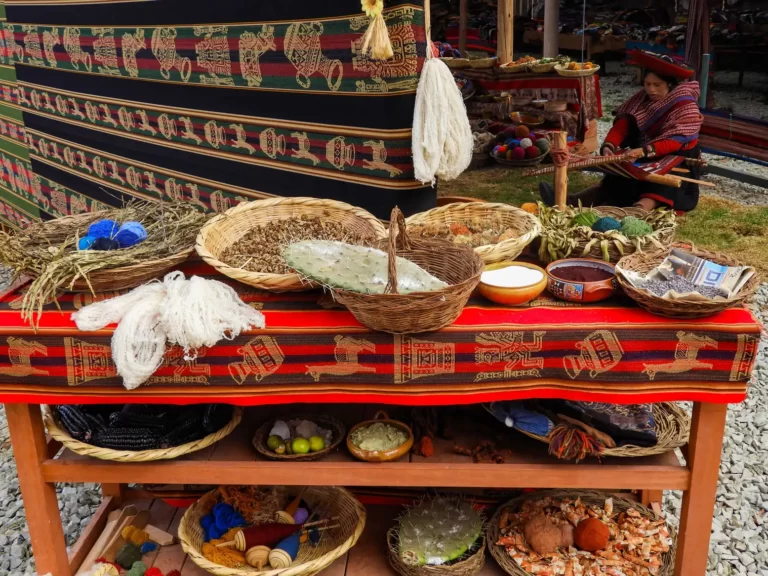

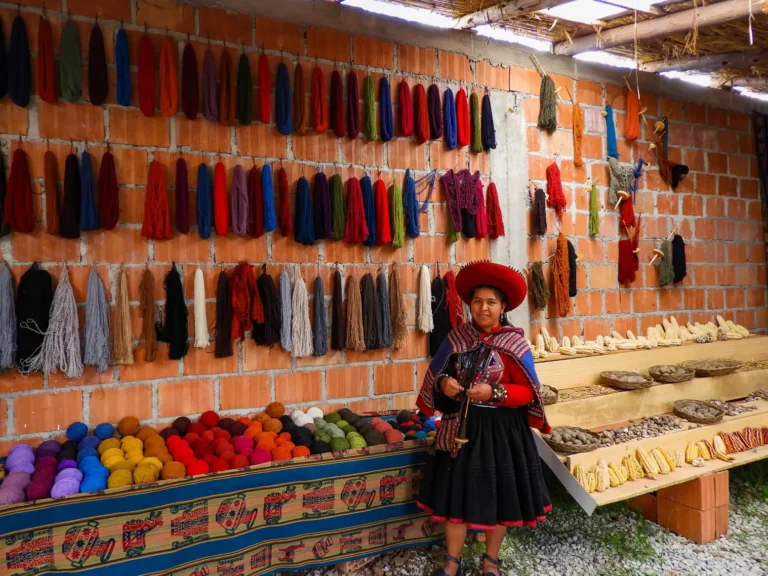
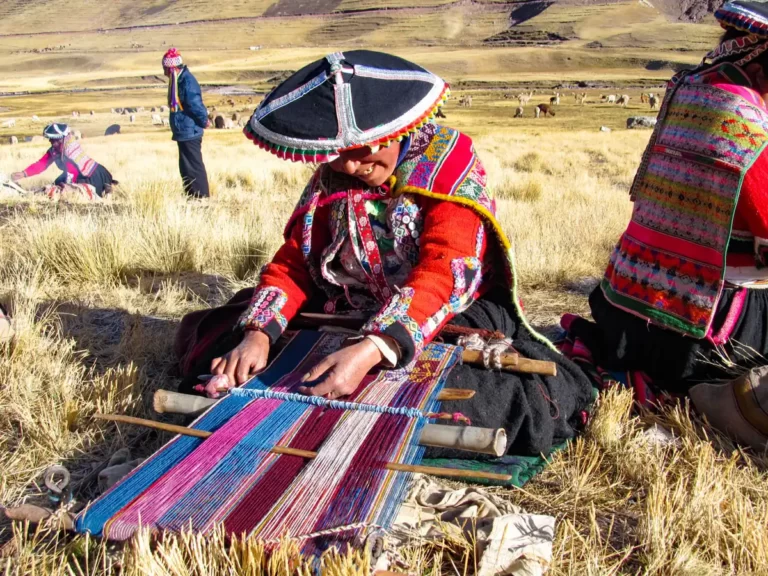
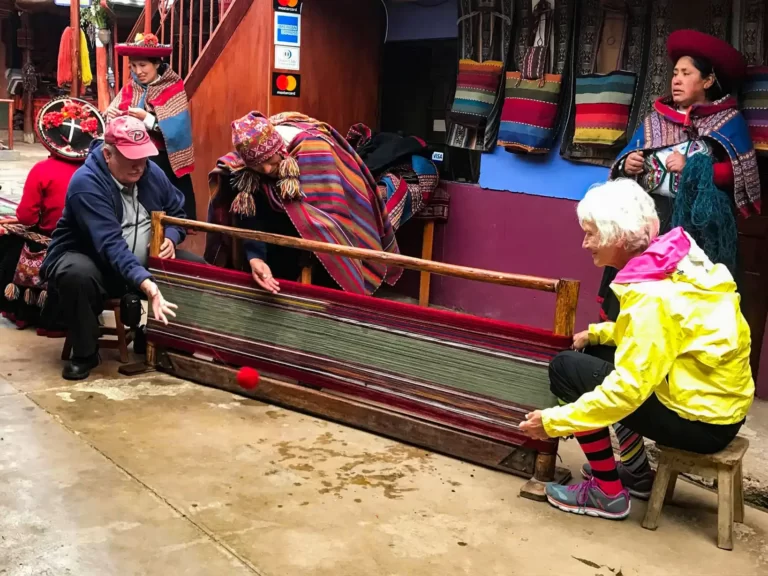
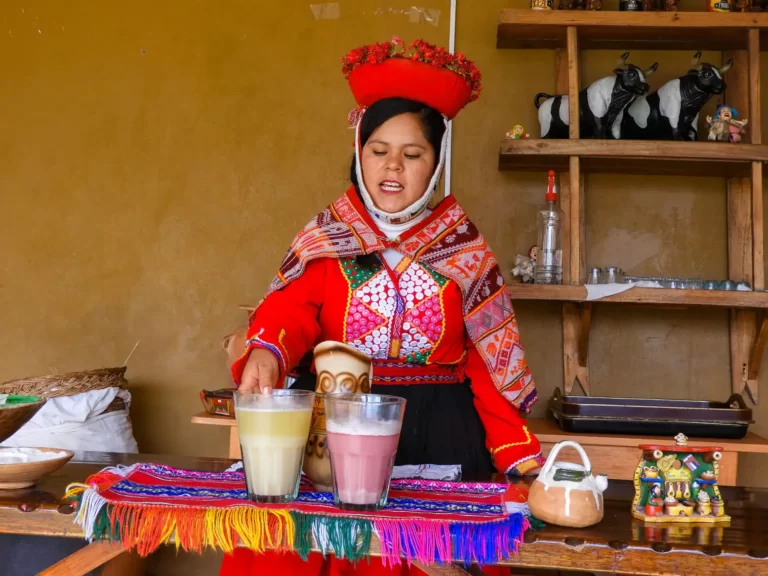
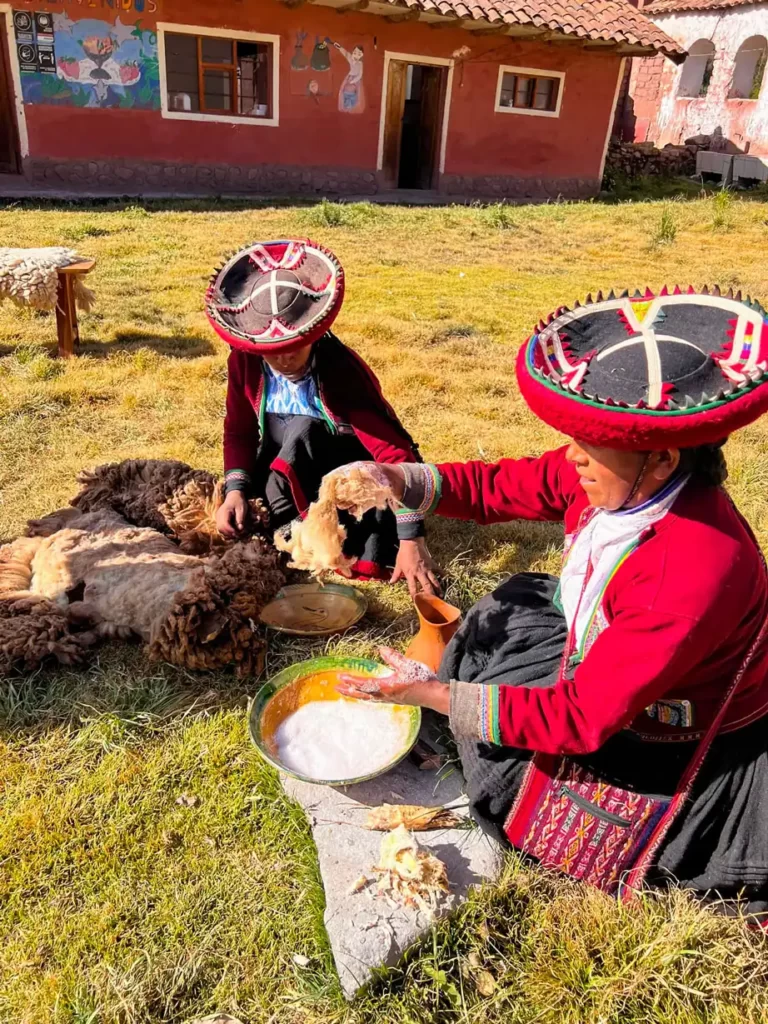
Moray
The mysterious Moray circular agricultural depressions sit on a high plateau in the Sacred Valley of Peru. These Inca agricultural terraces are truly mind boggling and resemble a Greek amphitheater. The largest circle is in the center and descend to a depth of approximately 150m, leading to a circular bottom so well drained that it never completely floods, no matter how plentiful the rain. No one knows for sure what these terraces were used for, but one theory is the Incas used this place as an agricultural laboratory to test plants in different temperatures. The Moray circular depressions are an architectural and scientific wonder and are testimony to the ingenuity of the Incan empire. Although, not everyone is in agreement with this theory there is no evidence as there were no written record left behind.
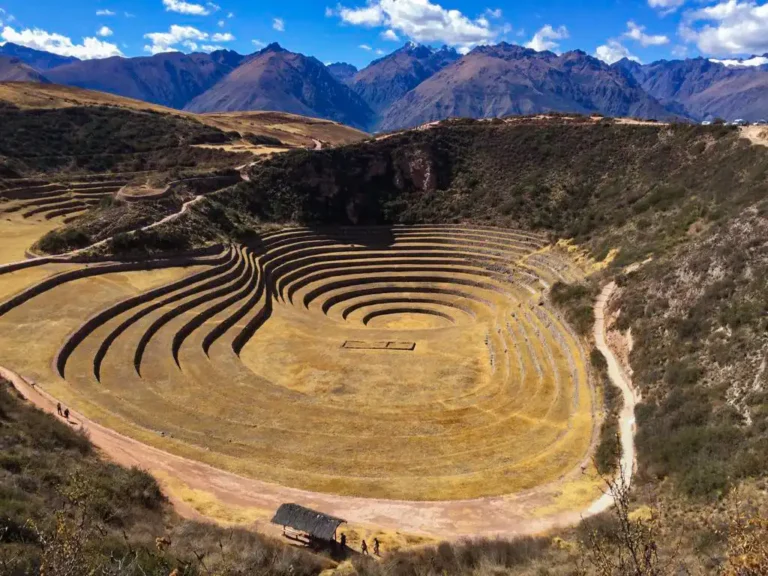
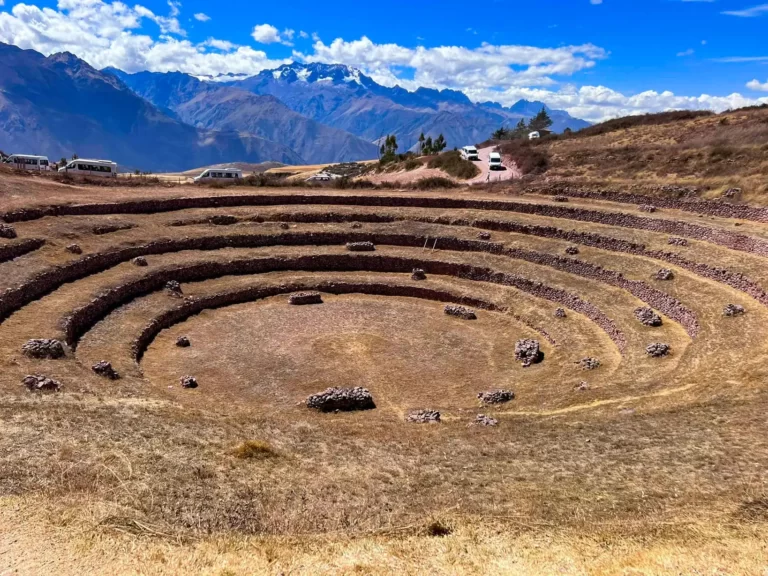
Maras
Maras is a colonial town founded by the Spaniard Pedro Otiz de Orué and situated in the Sacred Valley of the Incas. En route to the Maras salt mines you will bypass this town. The salt pans are believed to have been originally constructed by the Wari civilization between 500 to 1100 AD which predates the Incas. When the Incas conquered, they expanded the salt pans further up the mountainside.
The salt harvested during the dry season from May to October produces more salt and is of greater quality with characteristics of white or pink colored salt. During the rainy season from November to April the salt production is more difficult, and the color of the salt is more of a brown color.
There are approximately 4500 salt wells that are still harvested by hand without using machinery.
Today you can visit the Maras salt mines and get an amazing view from the viewpoint. You can purchase the pure delicious salt from the many stores at this site.
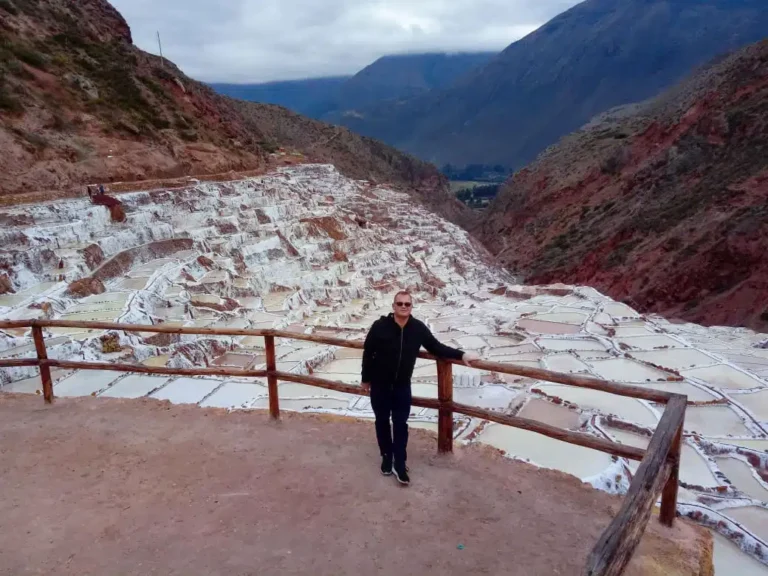
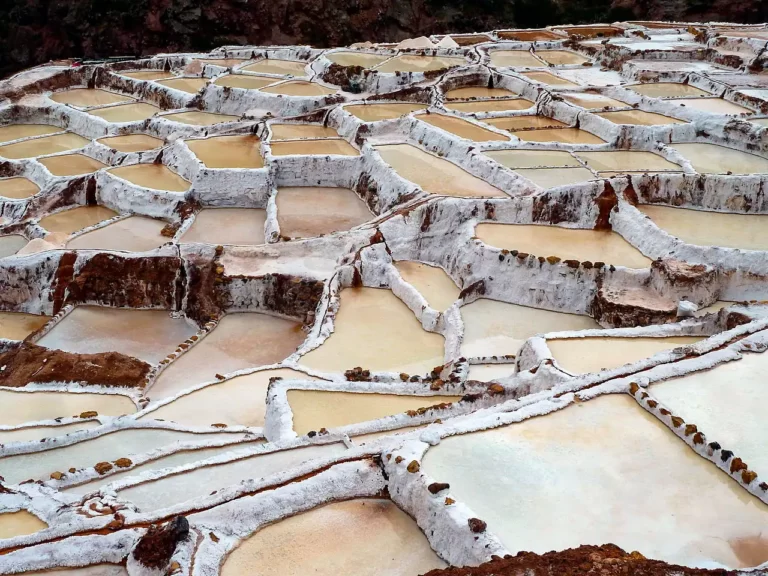
Machu Picchu
Machu Picchu is tucked away in a hidden part of the Peruvian Andes at 2430 meters above sea level. Archeologists believe Machu Picchu was built by the Inca Pachacutec around 1450 AD and abandoned upon the arrival of the Spaniards. There are other theories that this was a sacred place built long before the Incas but the purpose, by whom or how it was bult is still unknown. There are many theories but few hard facts. Should it be automatically assumed that the Incas constructed everything, or is it more reasonable to believe they added to or repaired whatever they already found? The citadel has been wrongly called Machu Picchu, but the true name is still unknown as there is no written records. The city remained unoccupied, and the Spanish conquistadors never saw Machu Picchu, so the site was lost in time. The locals that lived below the citadel never cared for it and never considered it of any importance until it was rediscovered by Hiram Bingham on July 24, 1911, with the help of the locals. It was one of the greatest discoveries in the 20th century. Many archeologists theorize that Machu Picchu was built as an astronomical observatory, a royal estate, or a ceremonial place.
The mysterious Machu Picchu is encompassed of more than 200 buildings, temples, corridors, pathways, fountains, and altars all cut from granite with stone blocks weighing more than 50 tons, and all are cut and affixed together without the use of mortar with such precision, that it raises skepticism as to how the Incas were able to build such an awe-inspiring place.
Machu Picchu has been 30% restored to give people the vision of how it looked in the past and restoration continues. In 1983, Machu Picchu was declared a world heritage, UNESCO and was voted one of the New Seven Wonders of the World in 2007.
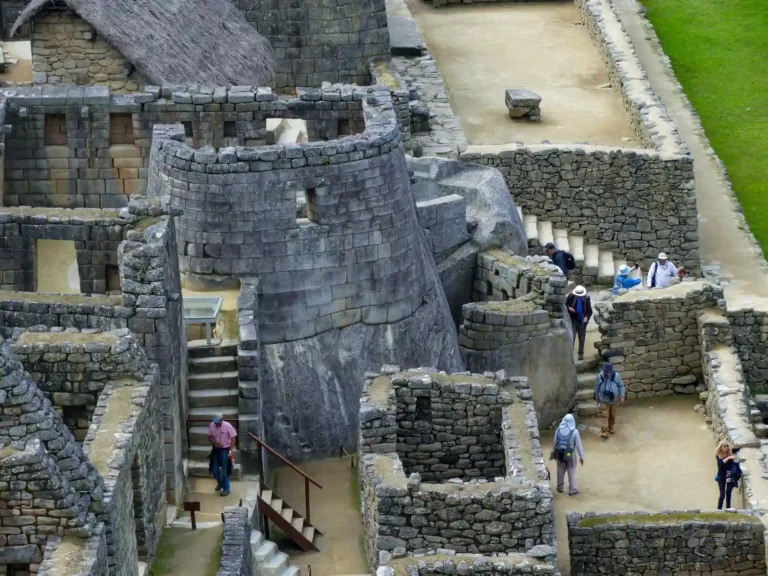
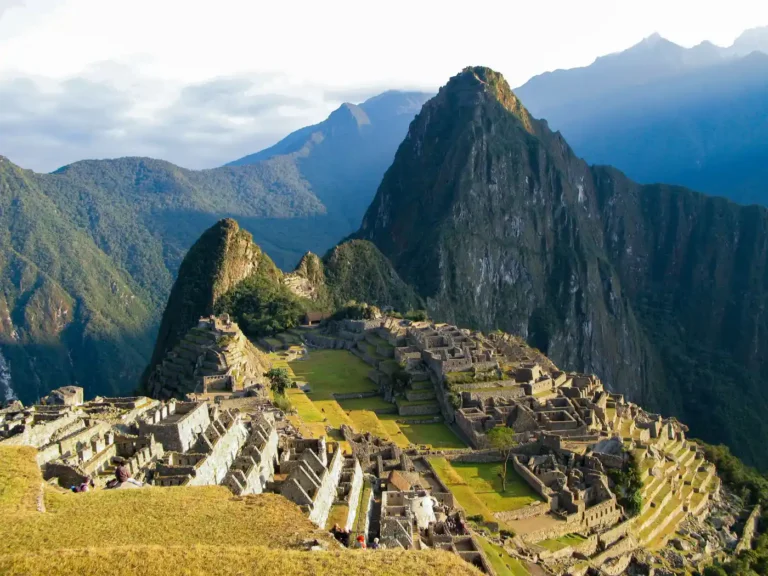

There are still many secrets to be unearthed surrounding the astonishing Machu Picchu that will be revealed in the coming years. Today, Machu Picchu is opened to tourism Mondays to Sundays from 6:00 am to 5:00pm.
Come feel the magic of Machu Picchu and come to your own conclusion.
- Altitude: 2430 meters above sea level
Montaña Arco Iris – Vinicunca
The Rainbow Mountain was considered and included by National Geographic in the list of the 100 places you should be visited before die. This impressive Mountain of Colors attracts a large number of visitors and it is a great challenge and enjoying the wonderful scenery over 5200 masl approx. in the Andes.
Early in the morning pick up from hotel, then drive through the South Valley of Cusco. On the way you can see beautiful landscapes, native flora, fauna as well as place as of local people. Arrive to Phulawasipata (4600 masl approx.) where leave the car and starts the trek towards the Mountain of Colors, the route is approximately 3 km to the viewpoint of Vinicunca Mountain of Colors located at 5200 masl. Amazing views of the surrounding peaks it is possible to see on the route.
After having a spare time to explore the area and take pictures, it is time for returning by downhill hiking on the same route ascended. Once reached in the base, our vehicle will take us back to hotel in Cusco.
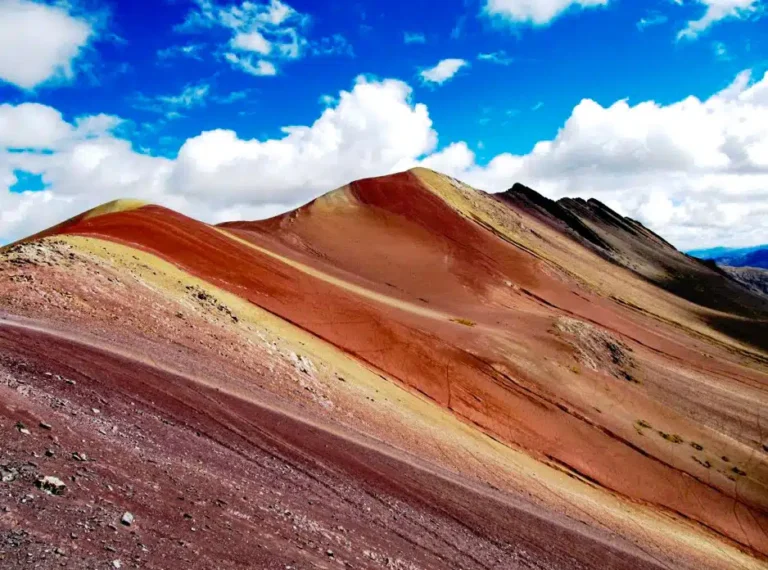
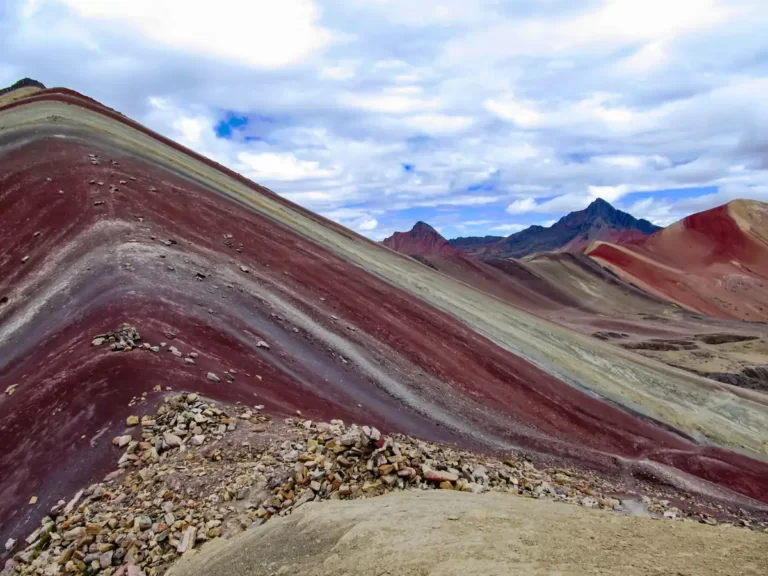
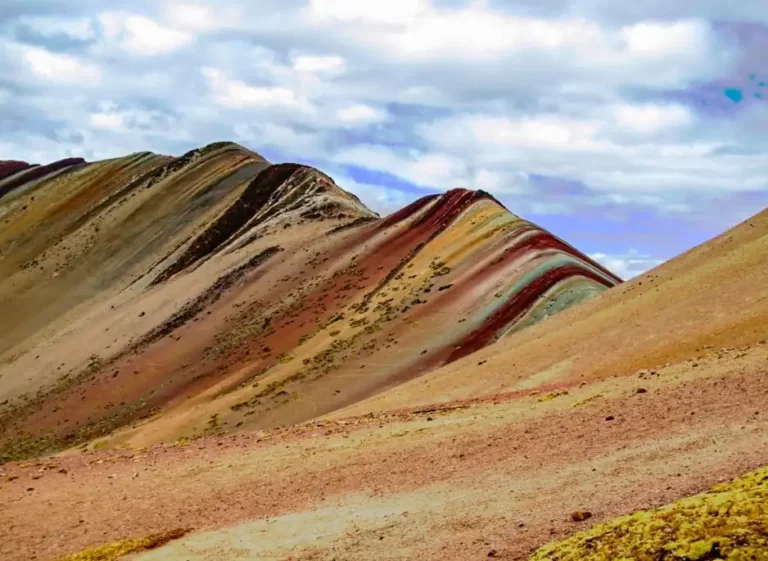
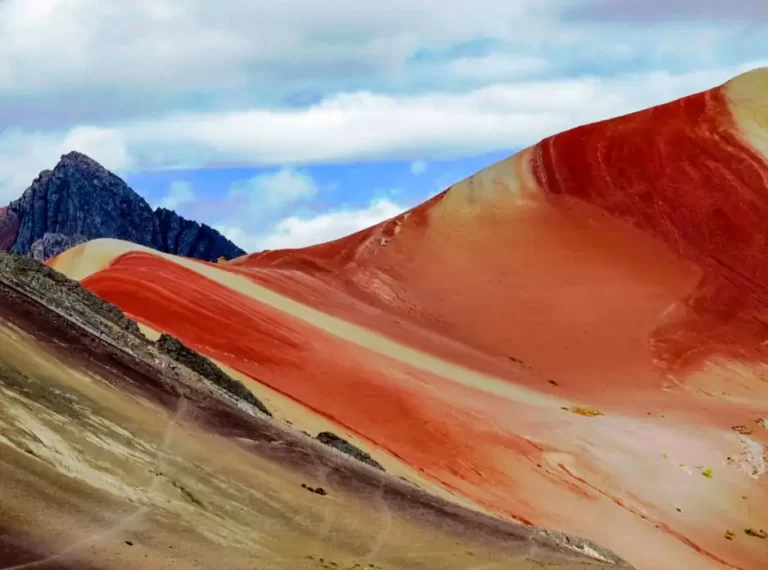


USEFUL INFORMATION:
- Maximum height: 5200 masl / 17060.37 ft.
- Weather: cold
- Walking height: 4600 to 5200 masl
- Walking distance: 7,5 kilometers approx. (round trip)
- Walking time: 4 hours approx. (round trip).
Montaña Arco Iris – Palccoyo
Early in the morning pick up from hotel, then drive through the South Valley of Cusco, passing through valleys, rivers, mountains and some smaller communities, we reached our starting point at 4900 masl. Hike uphill for about 45 minutes to the highest point of our excursion which is 5000 masl, on the way it is possible to see the unique formations of the rainbow mountain range. Amazing views of the surrounding peaks it is possible to see on the route, the Cordillera of Vilcanota in front of us and also the view of the snowcapped Ausangate Mountain is breathtaking.
After having time to explore the place, rest and take photos, we descend for approximately 30 minutes to the starting point. it is time for returning by downhill hiking on the same route ascended (30 minutes approx.). Once reached in the base, our vehicle will take us back to hotel in Cusco.






USEFUL INFORMATION:
- Maximum height: 5000 masl / 16404.2 ft.
- Weather: cold
- Walking height: 4900 to 5000 masl
- Walking distance: 200 meters approx. (round trip)
- Walking time: 1 hours 30 minutes approx. (round trip).
Huchuy Qosqo
Early in the morning we begin the program by picking up passengers at their hotel, and then traveling by transportation for approximately one hour and 30 minutes to the community of Patabamba, located at 3,700 meters above sea level. In this community we will be able to observe the daily experience of the places and their customs. On the route we will be able to observe high Andean landscapes surrounded by Andean and snow-capped hills, as well as native flora and fauna. From this community our walk begins, along the route we will be able to observe some small communities such as Siwas, Qenqo, in this second, we will visit a local family to share and experience their daily experiences and make a rest stop. Next, we head to the Puma Punku canyon (gate of the puma), passing through the town of Pumamarka en route. It is from here that we can walk through an original Inca trail that is part of the Qapqc-ñan and that will take us to the archaeological complex of HuchuyQosqo or little Cusco, located at the top of the mountain above the district of Lamay in the province of Trace. After a rest, we will visit its sacred temples, Inca terraces, its agricultural and religious sector. Finally, we will continue the walk downhill to the town of Lamay where our vehicle will be waiting for us to return to our hotel.
OPTIONAL
Overnight in camping and next day return to hotel or transfer to train station for visiting Machu Picchu.
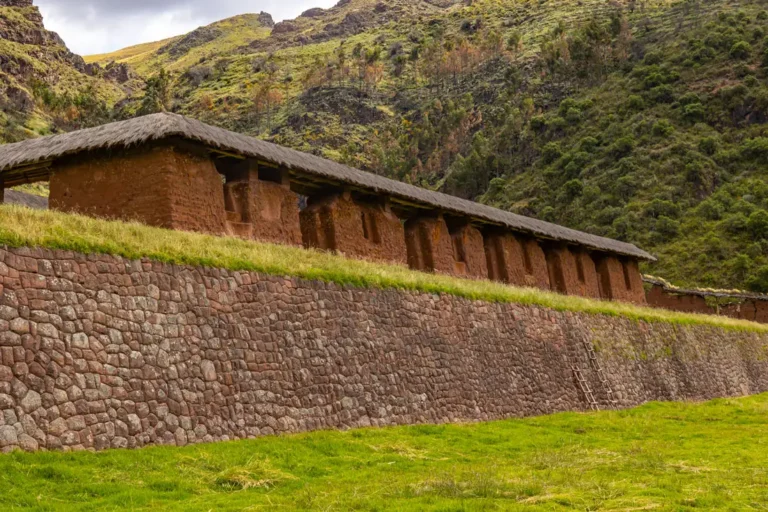
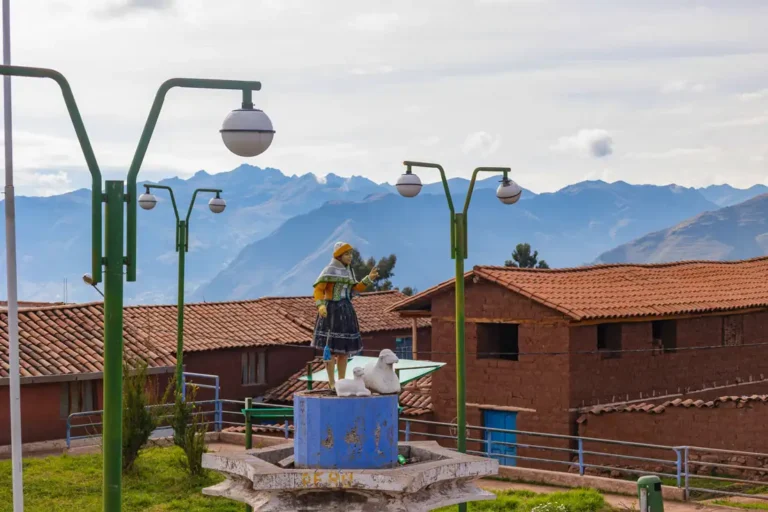
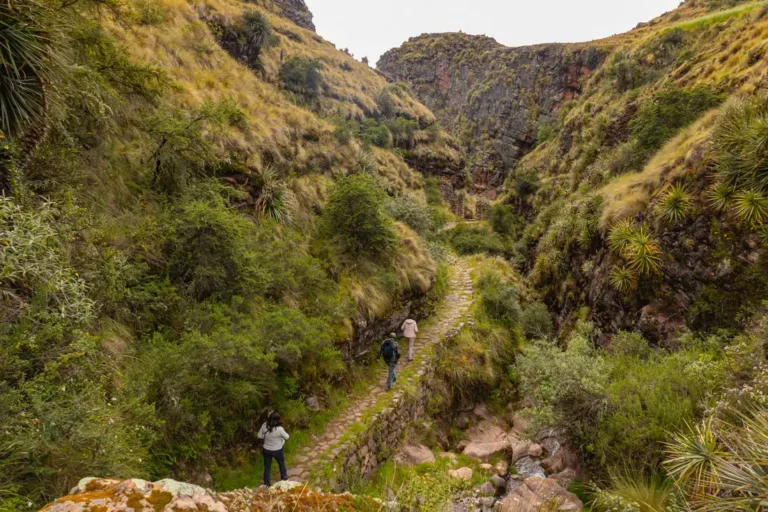
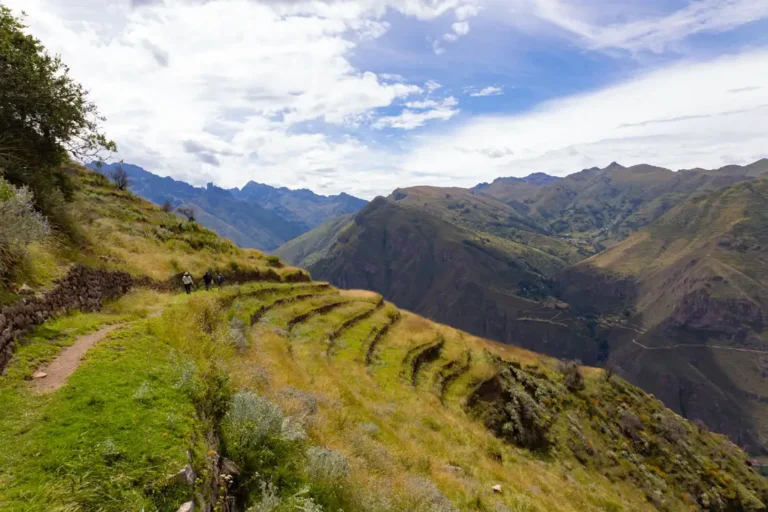
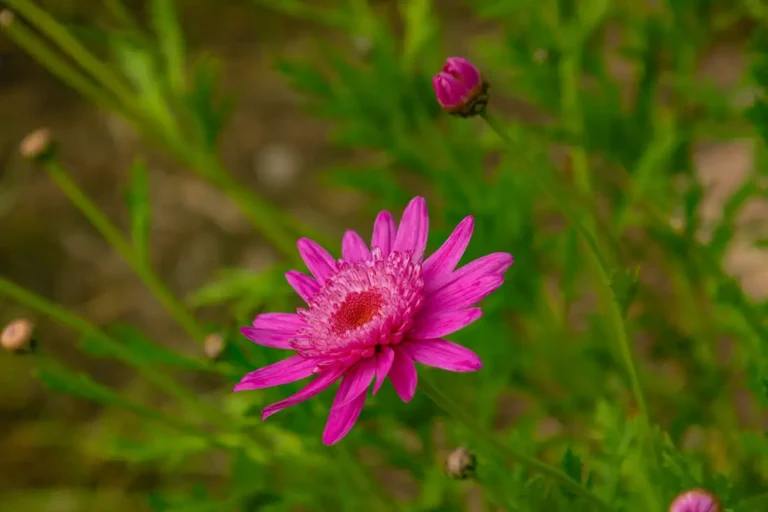
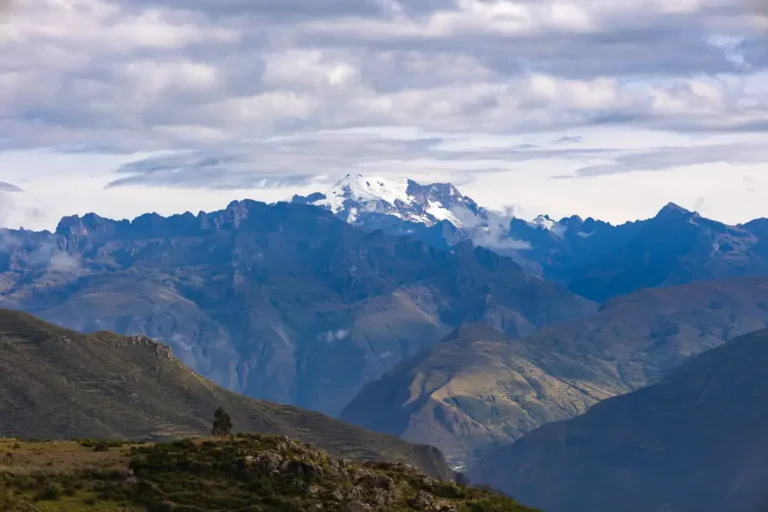
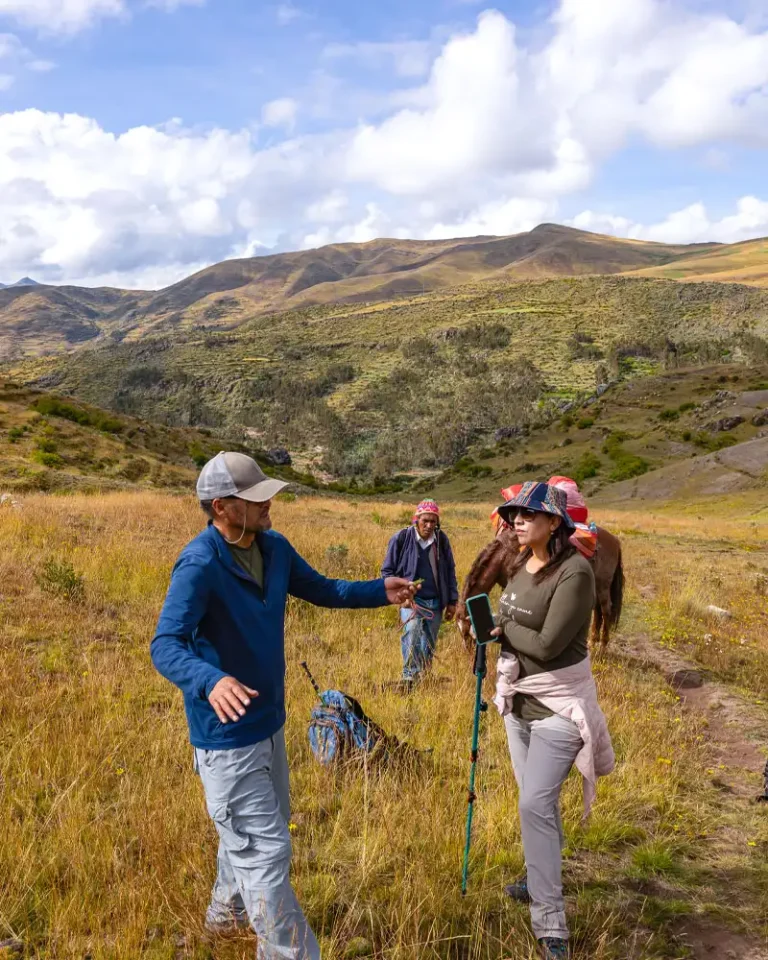
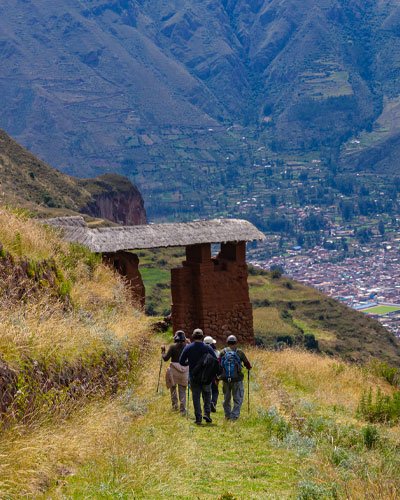
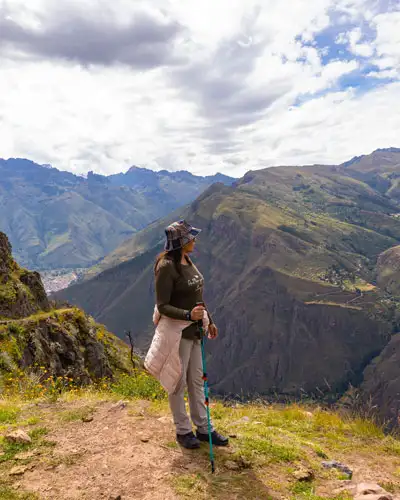
Destinations
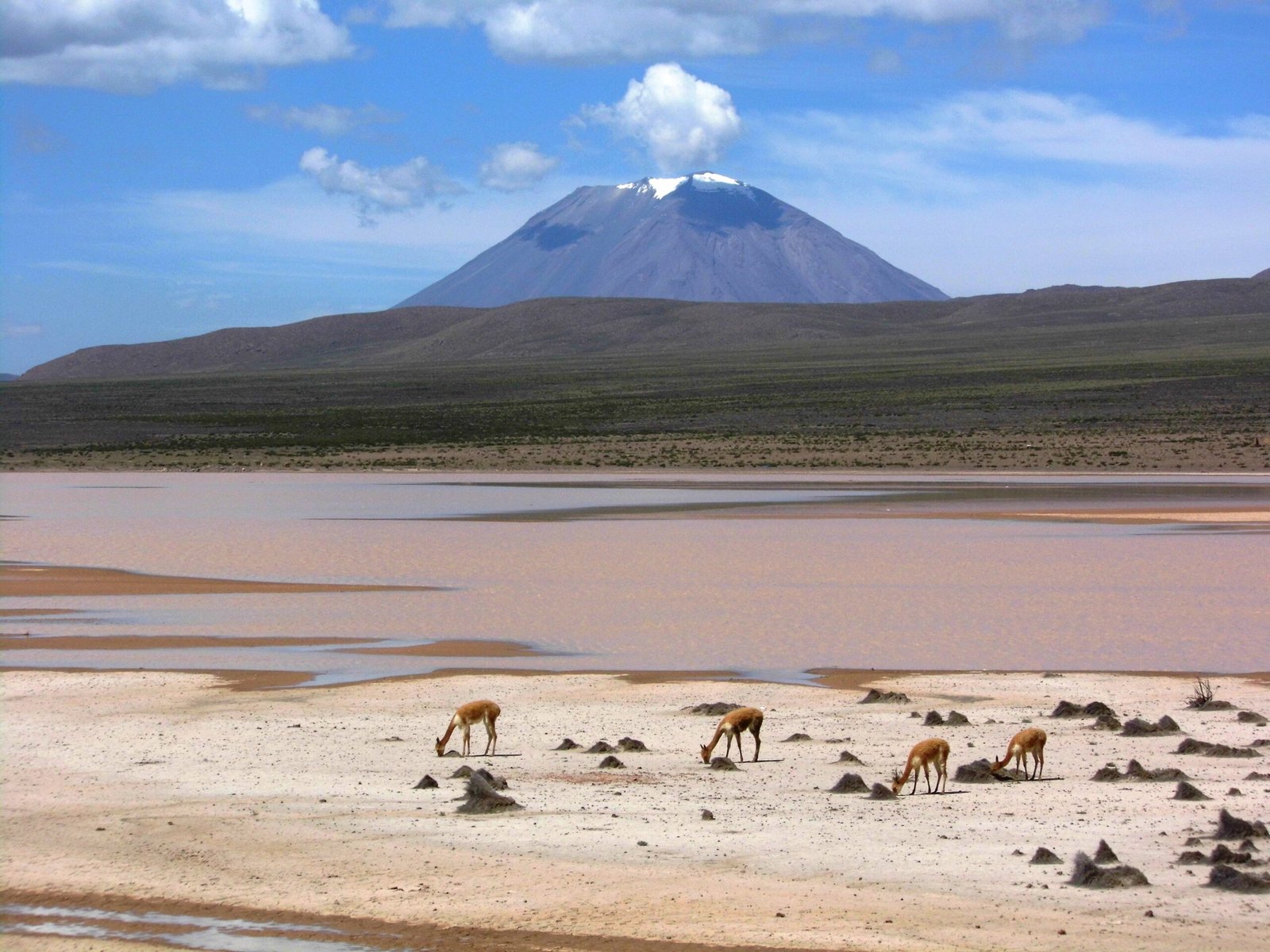
Arequipa
The White City
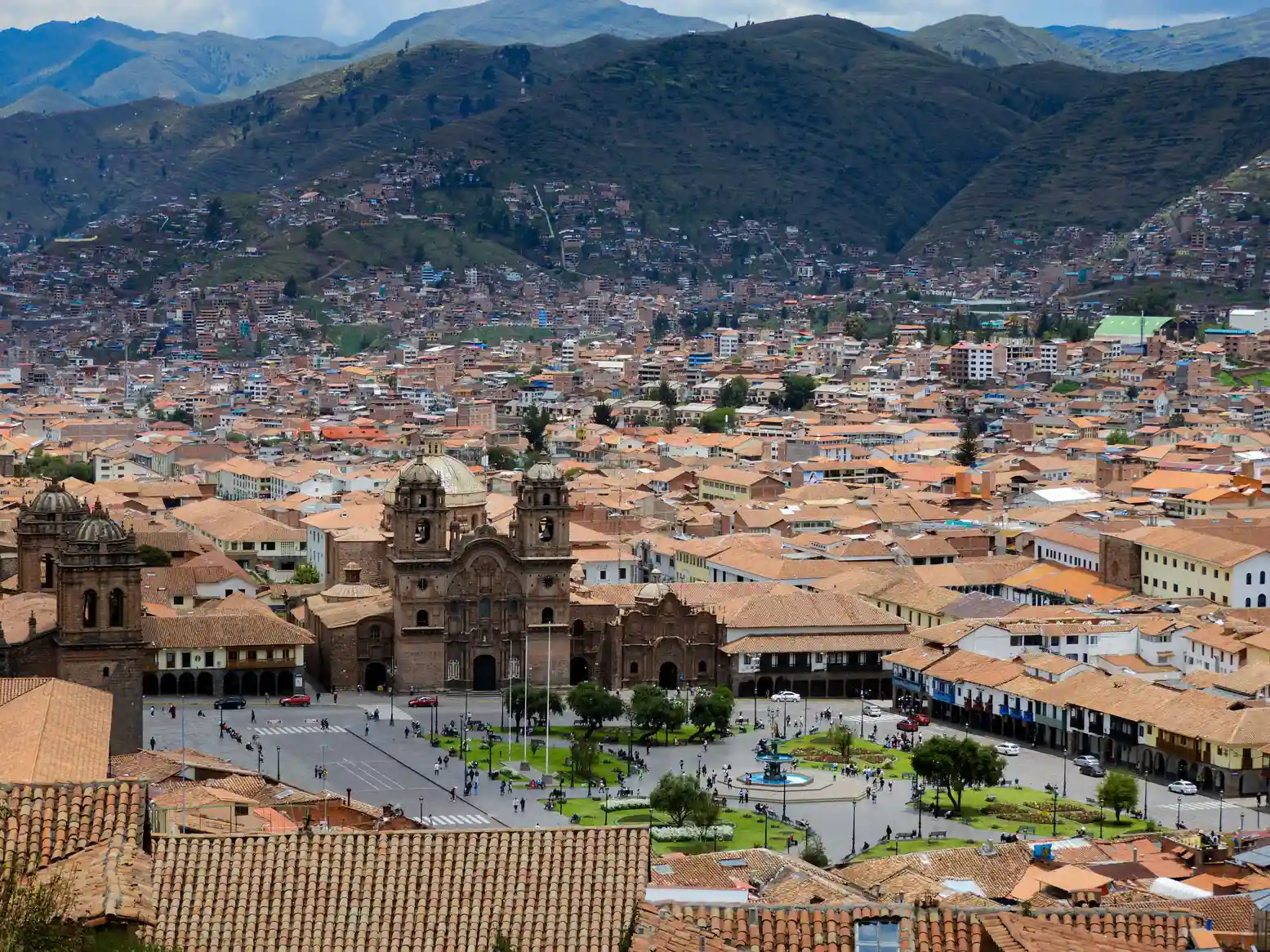
Cusco
The Incas empire

Ica
The enigmatic Nazca Lines and Ballestas Island
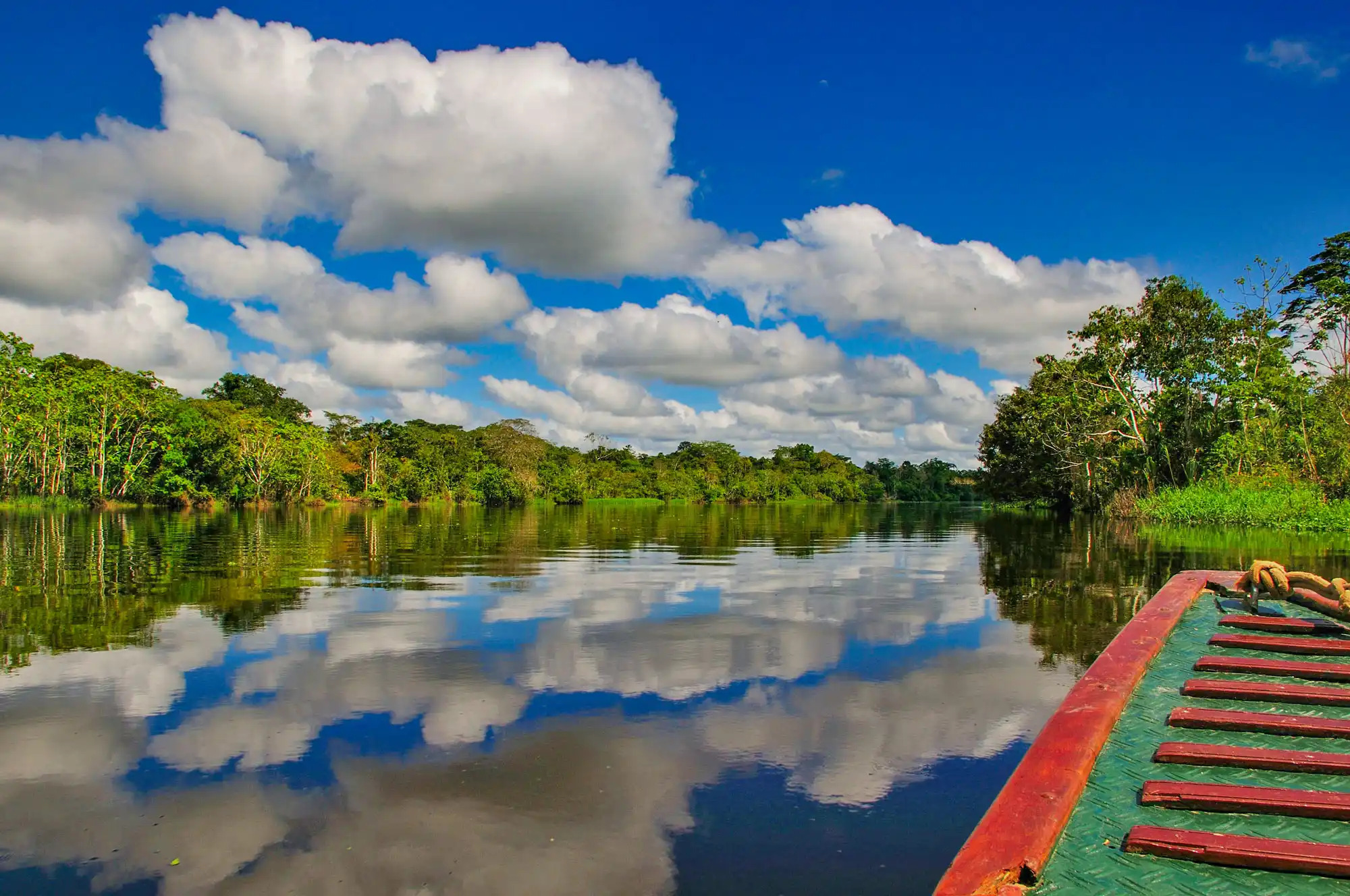
Iquitos
Peruvian Amazon jungle
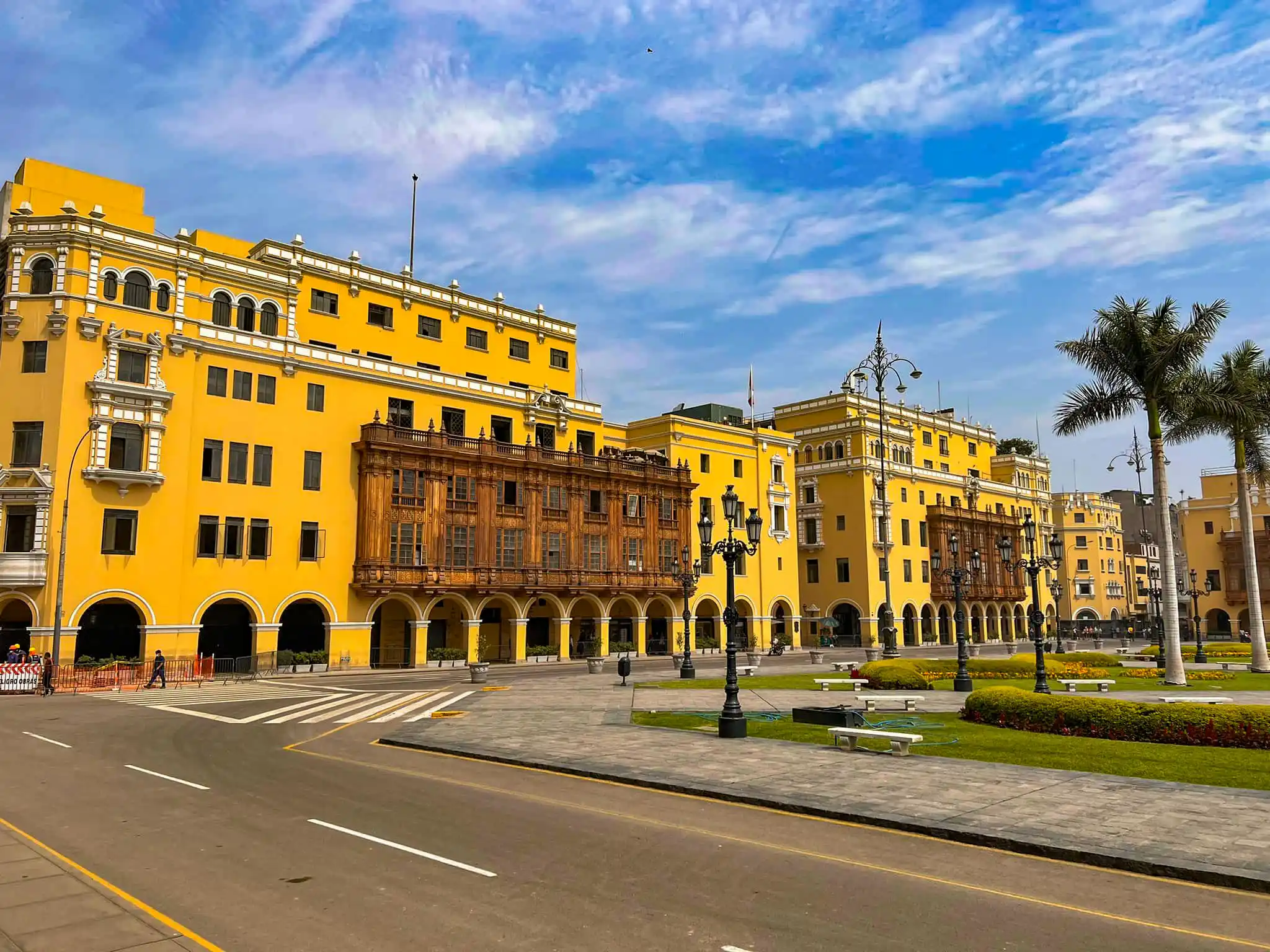
Lima
The City of Kings

Mancora
beautiful beaches and the good surf waves
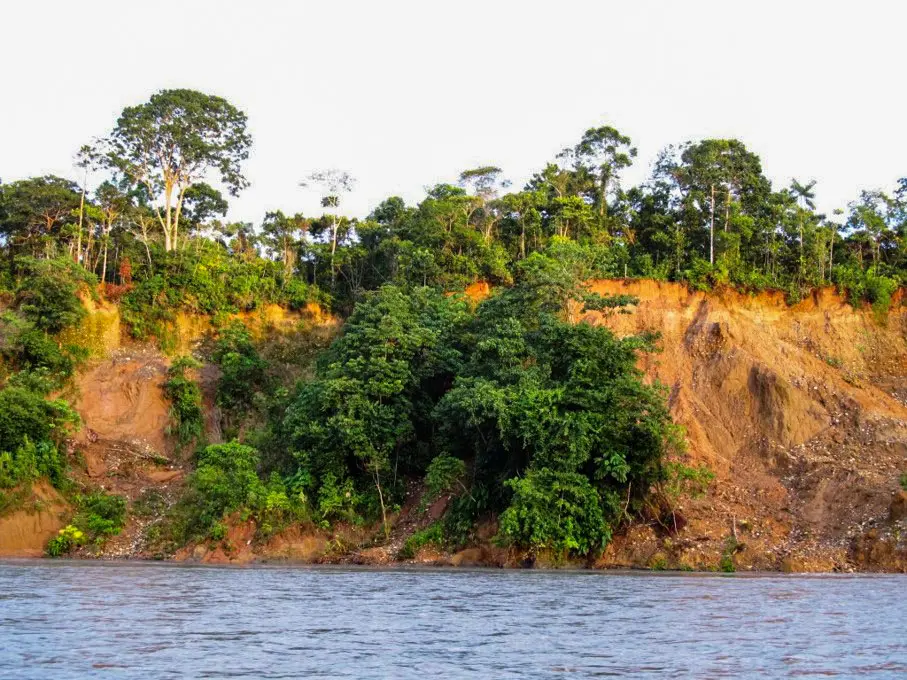
Puerto Maldonado
Peruvian Amazon jungle
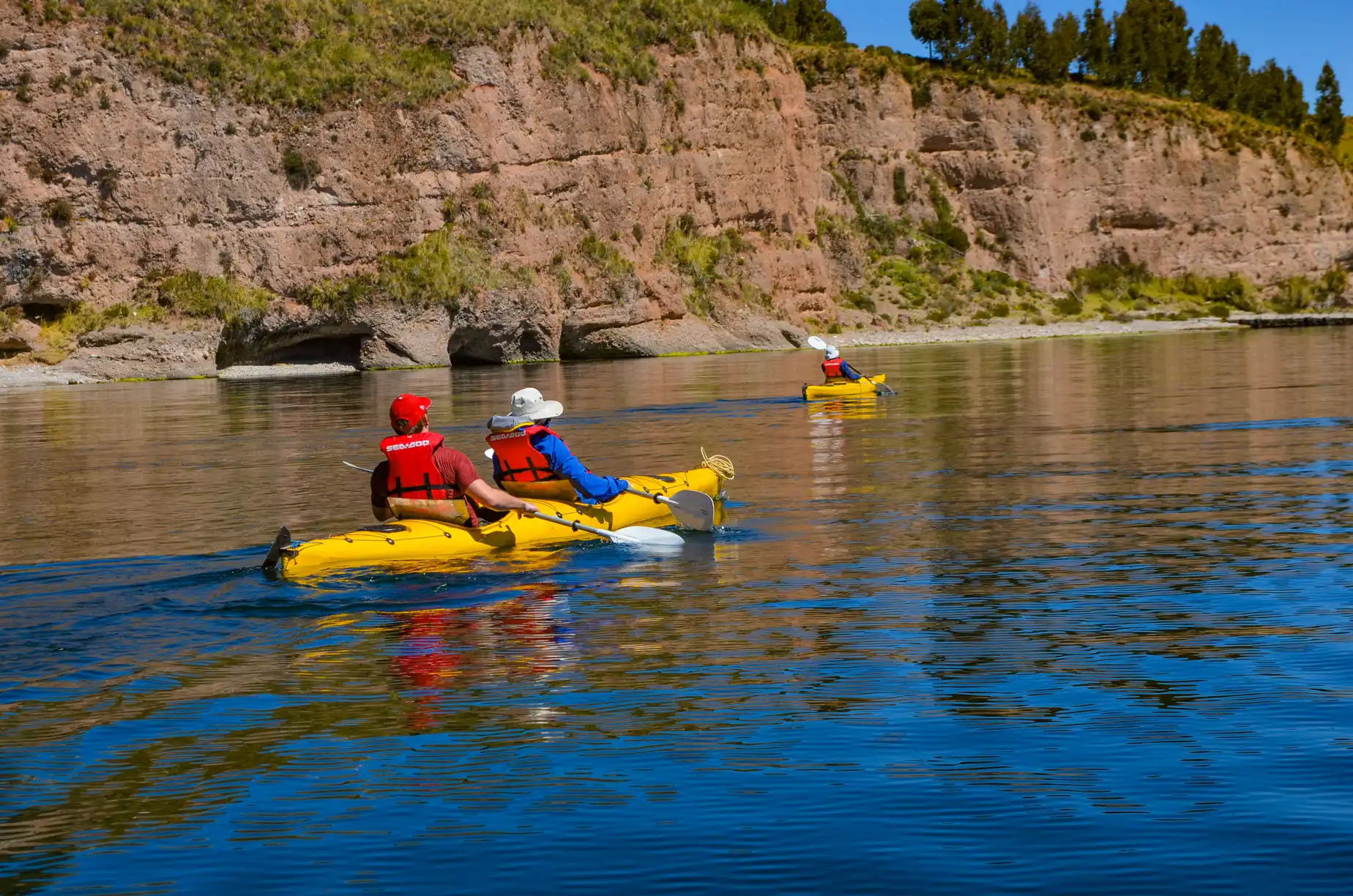
Puno
with its Titicaca Lake

